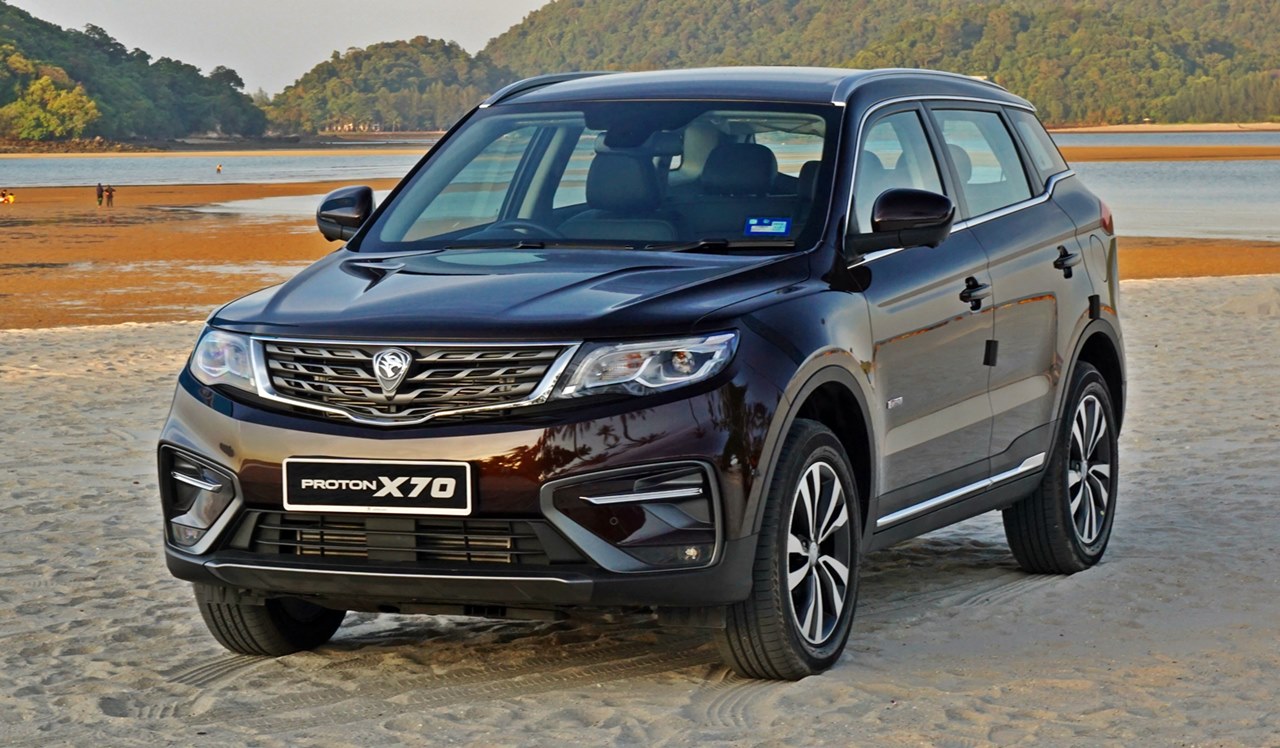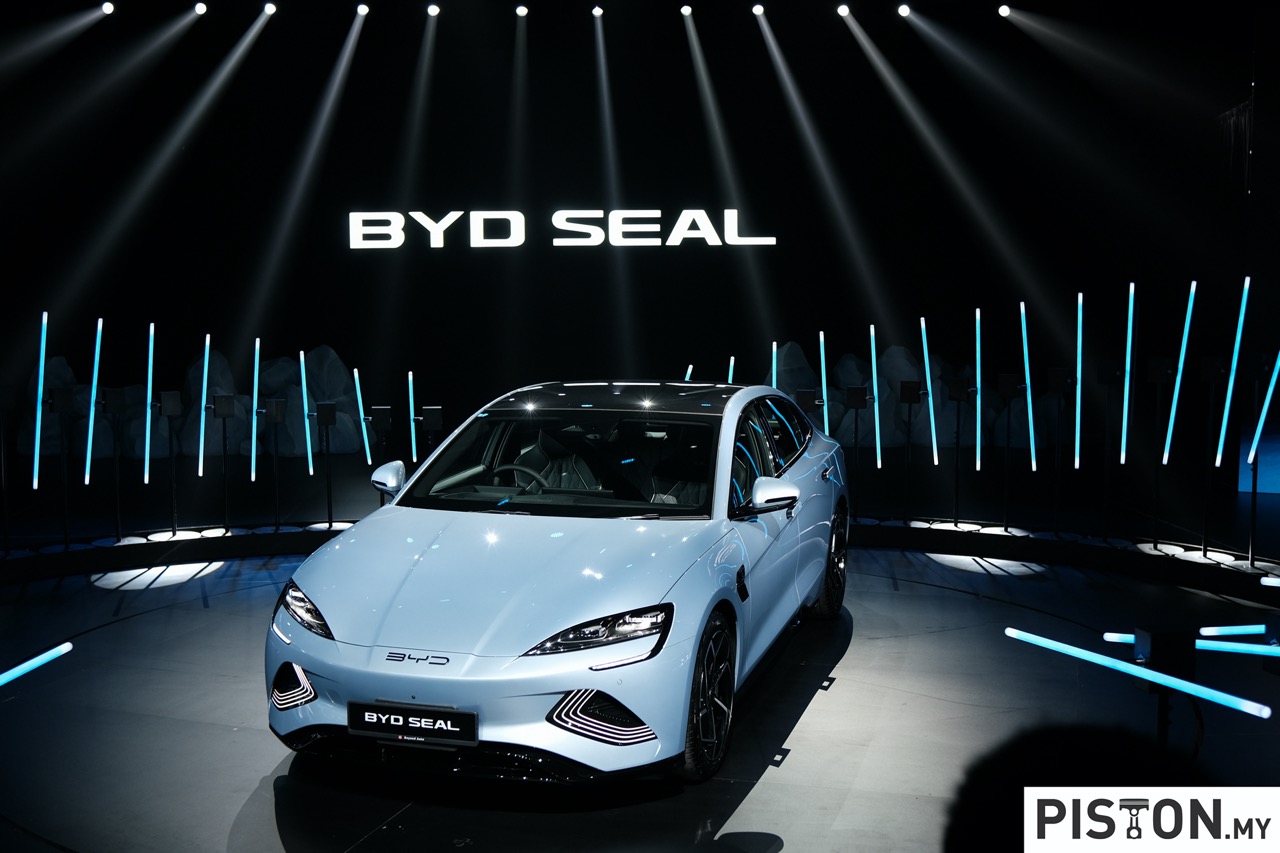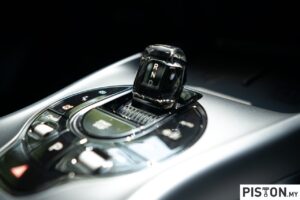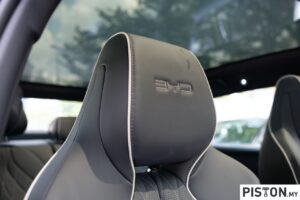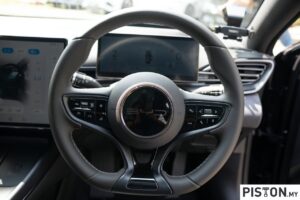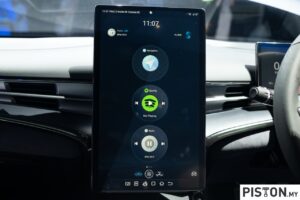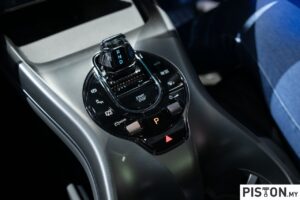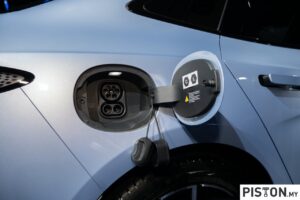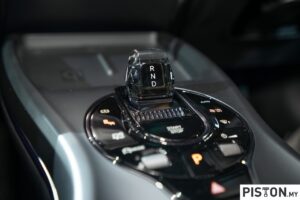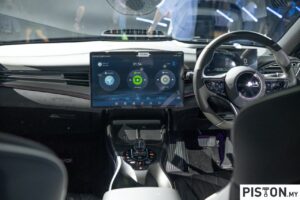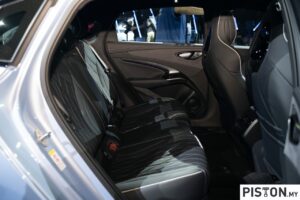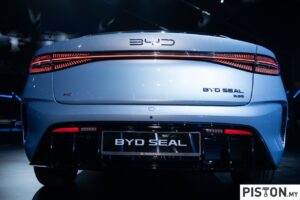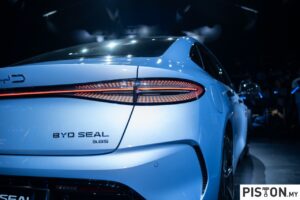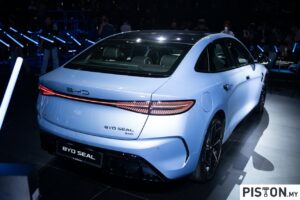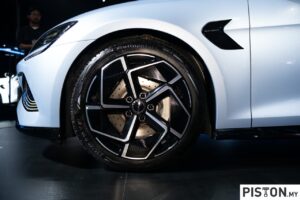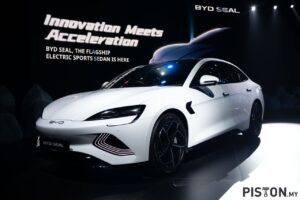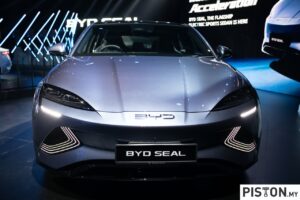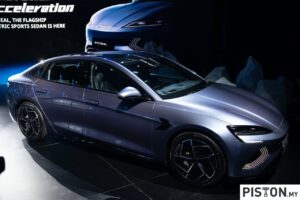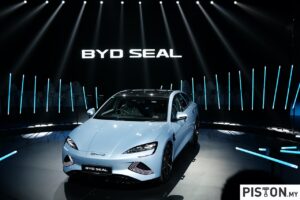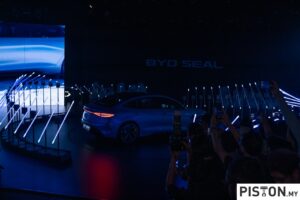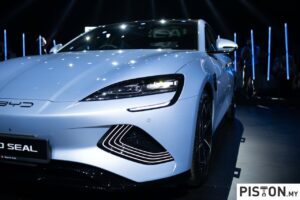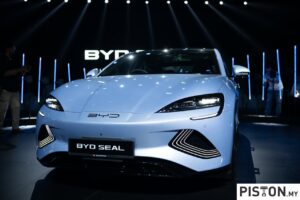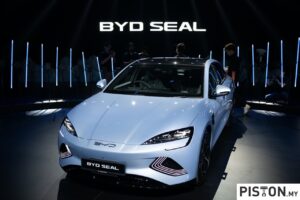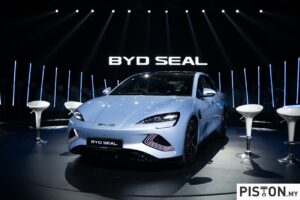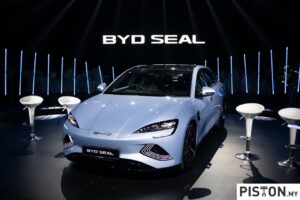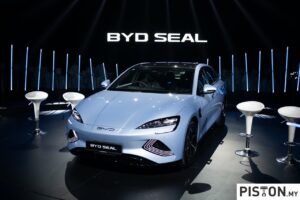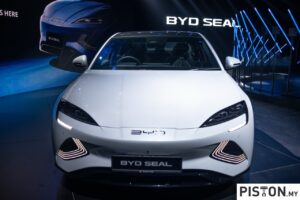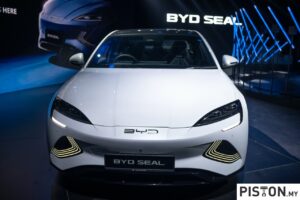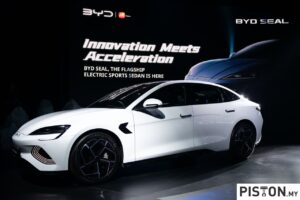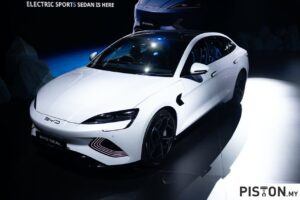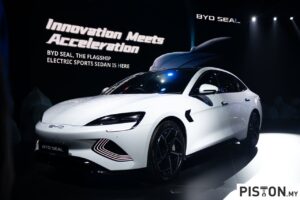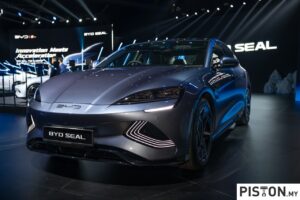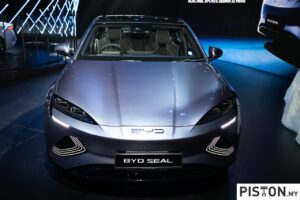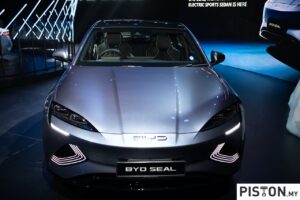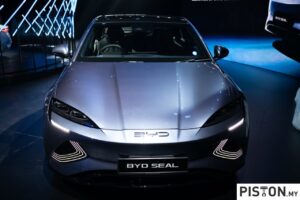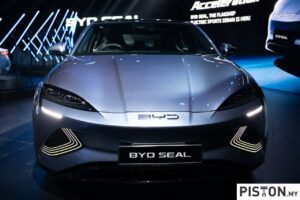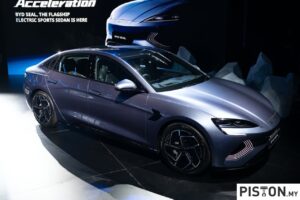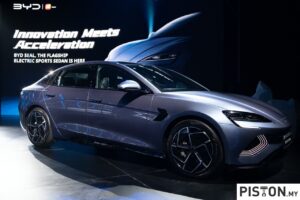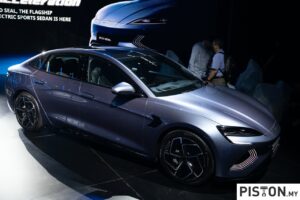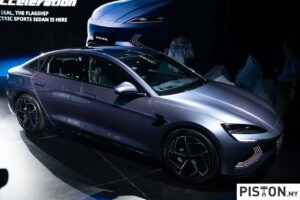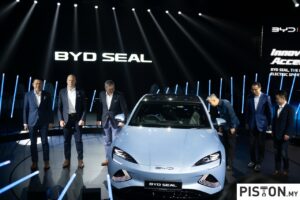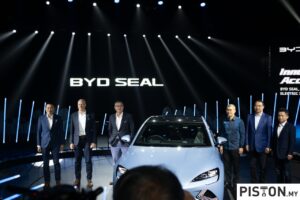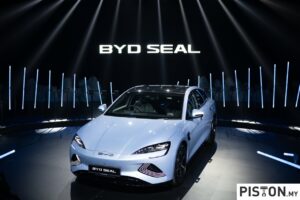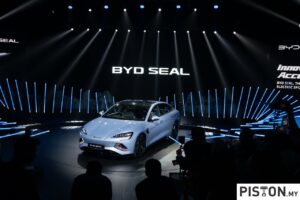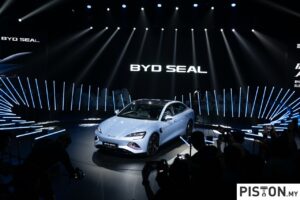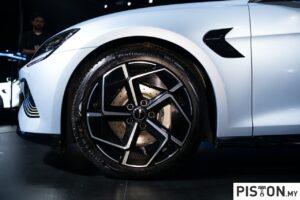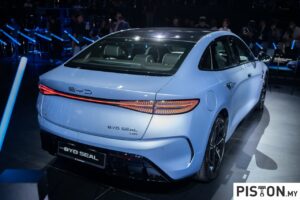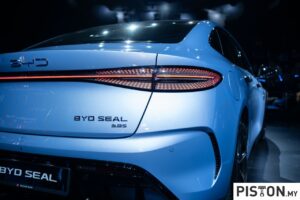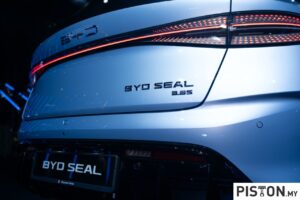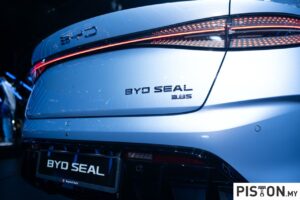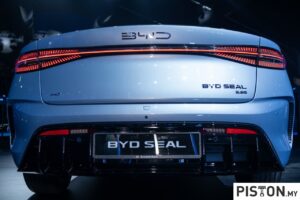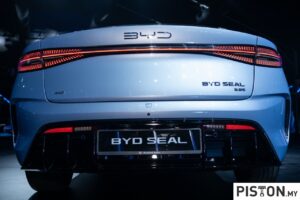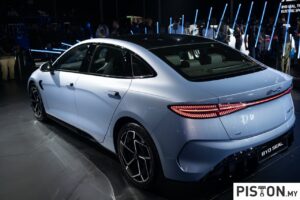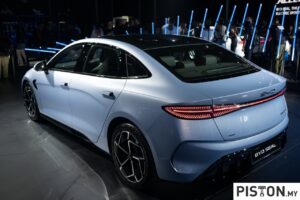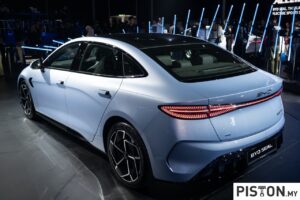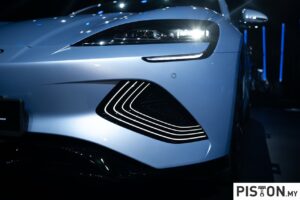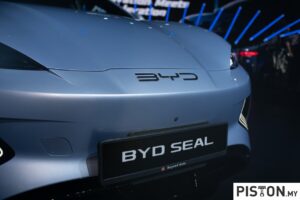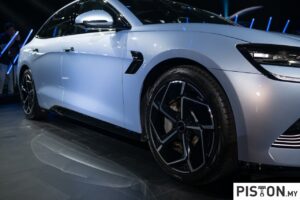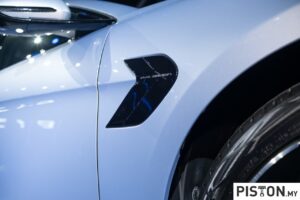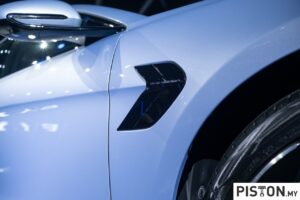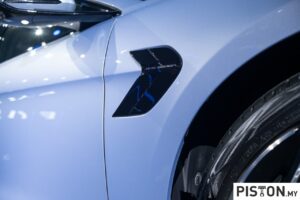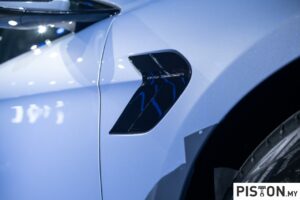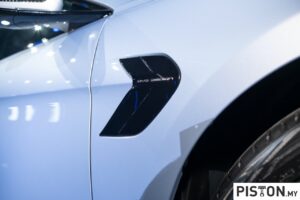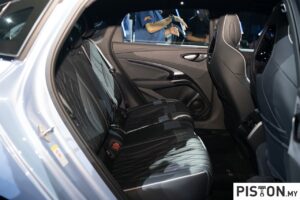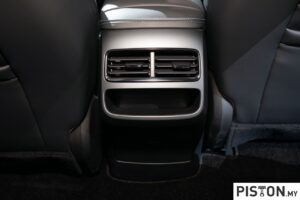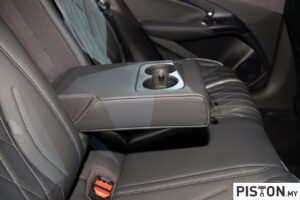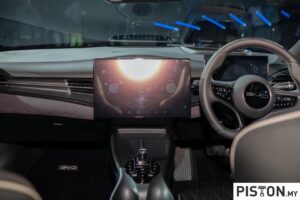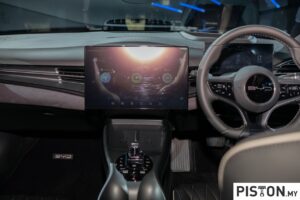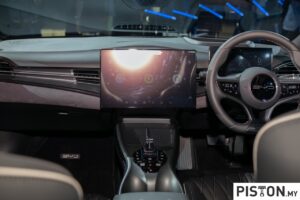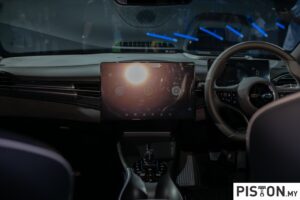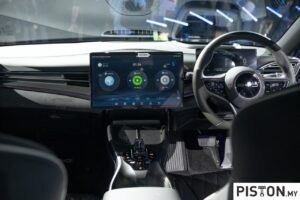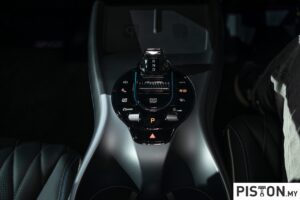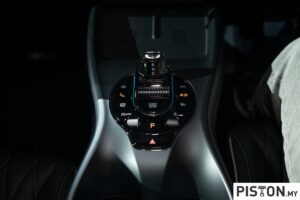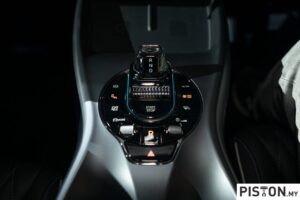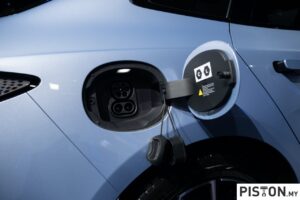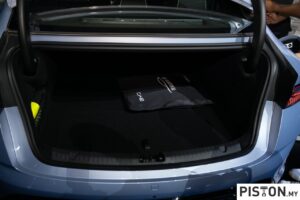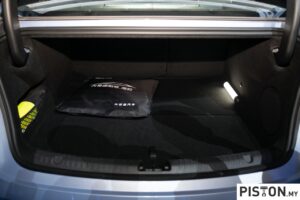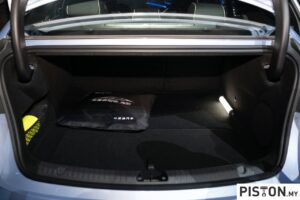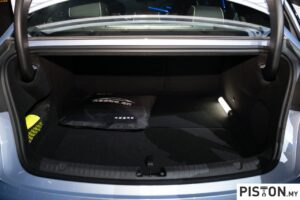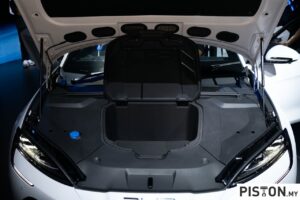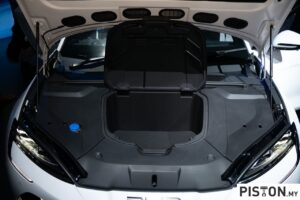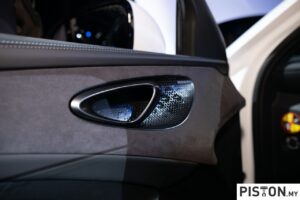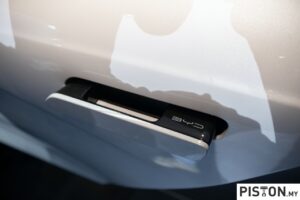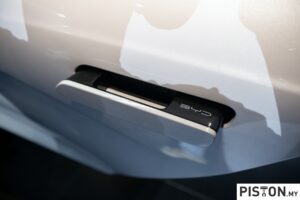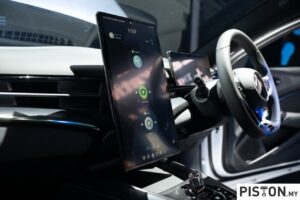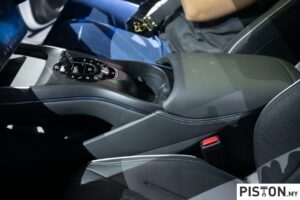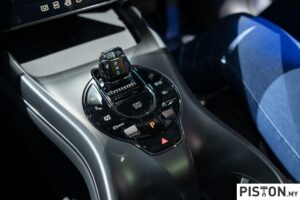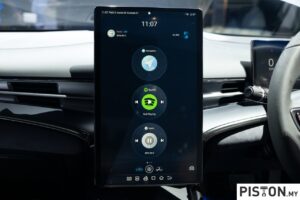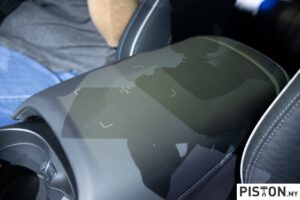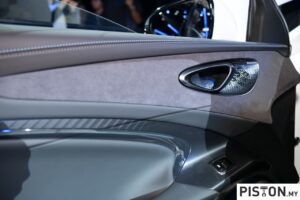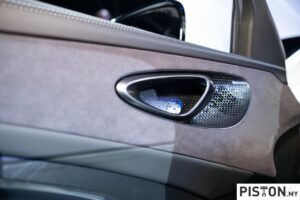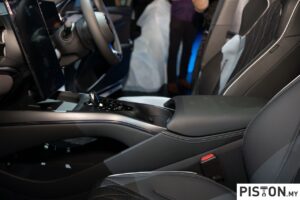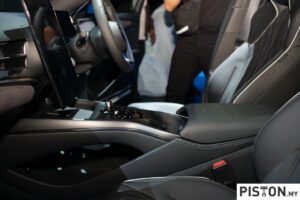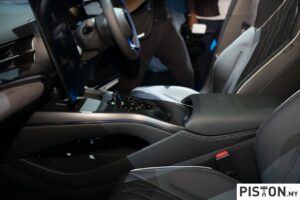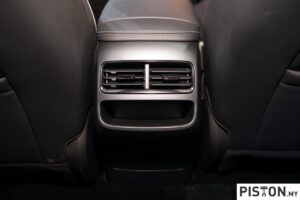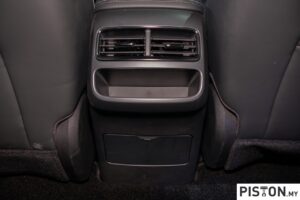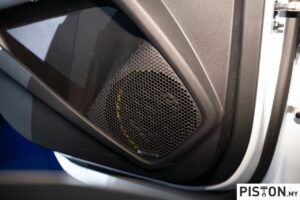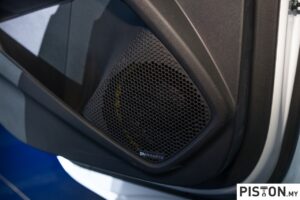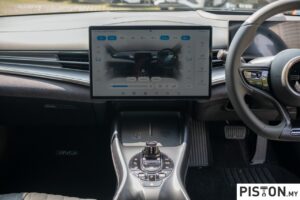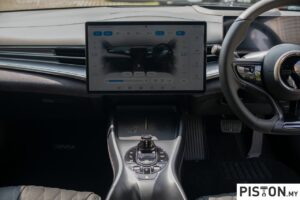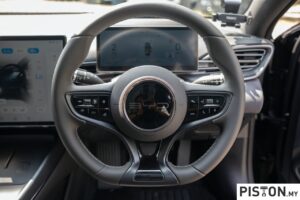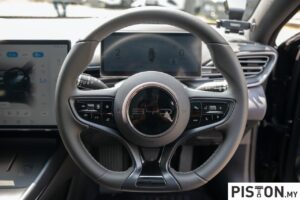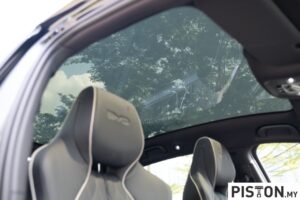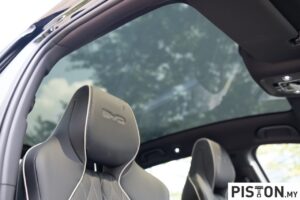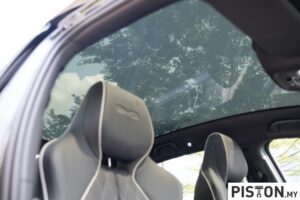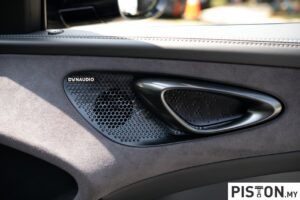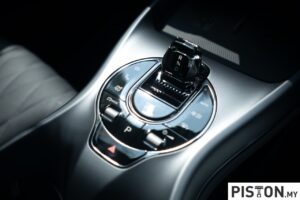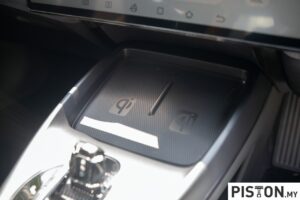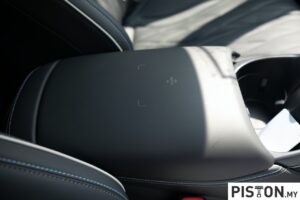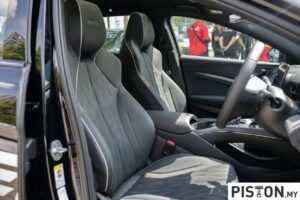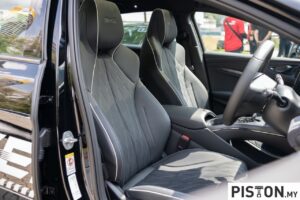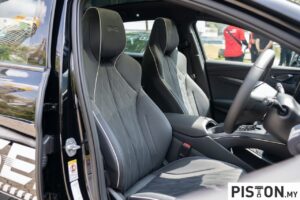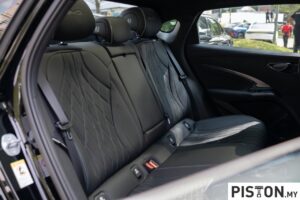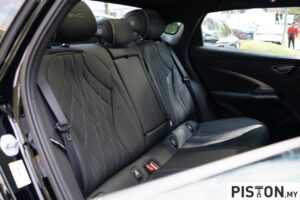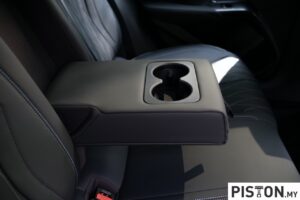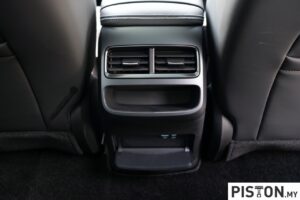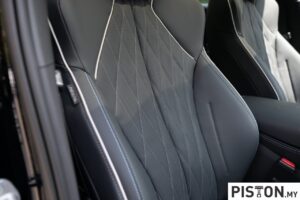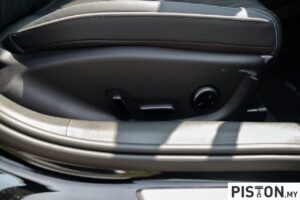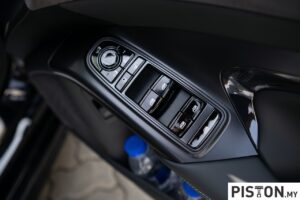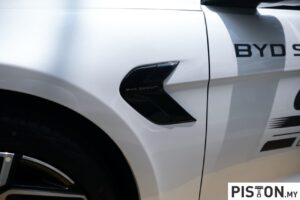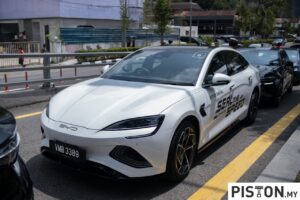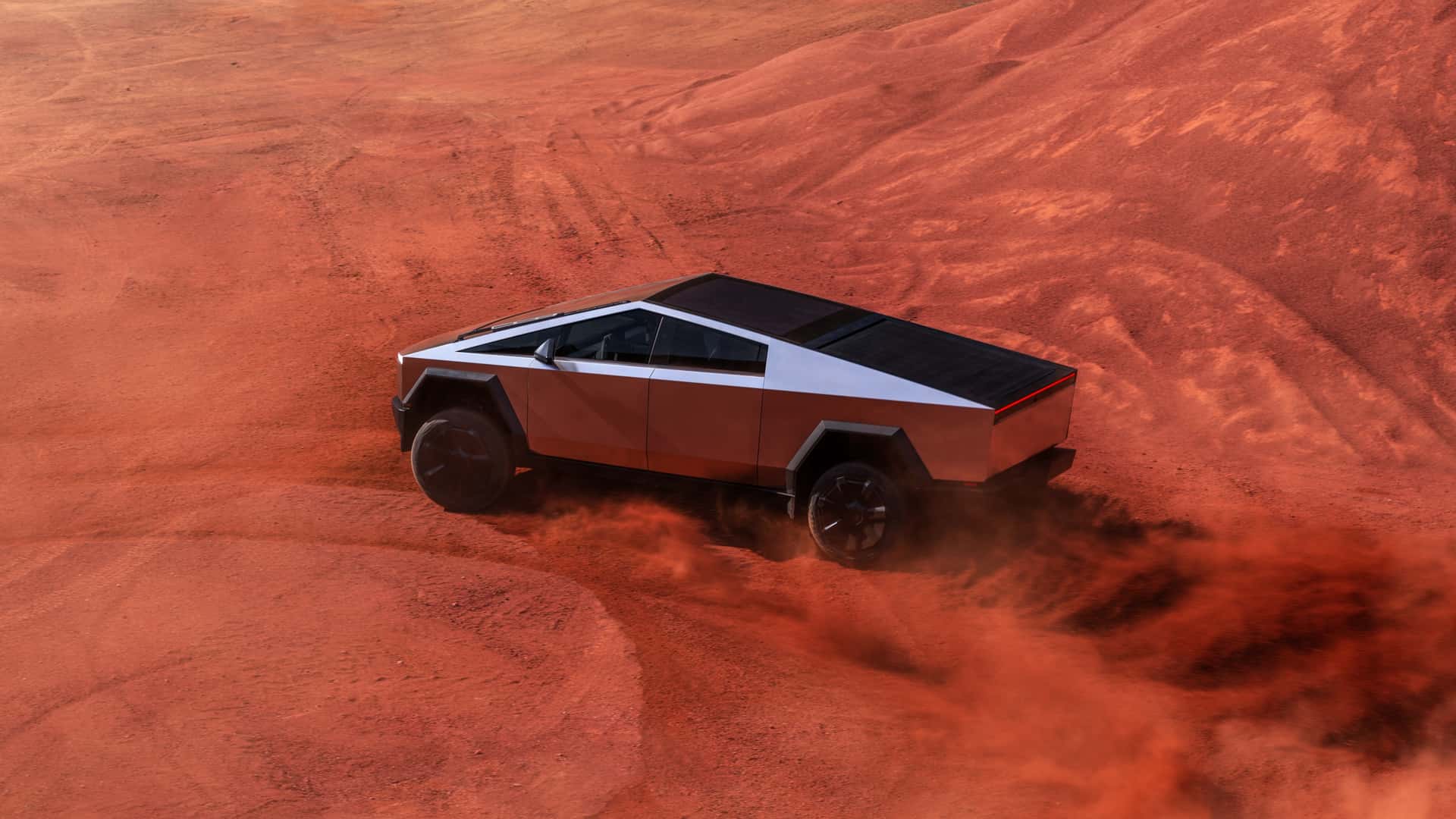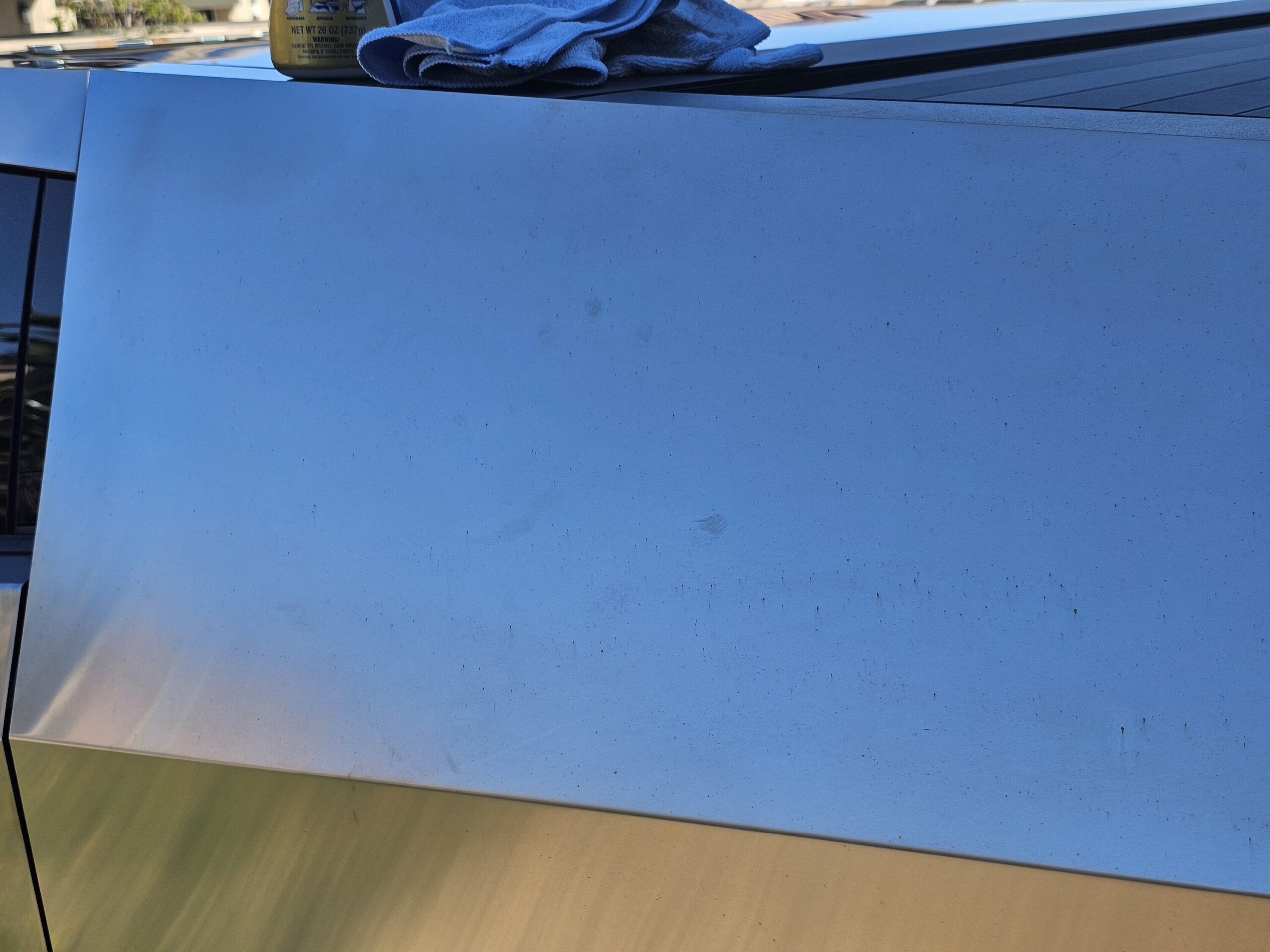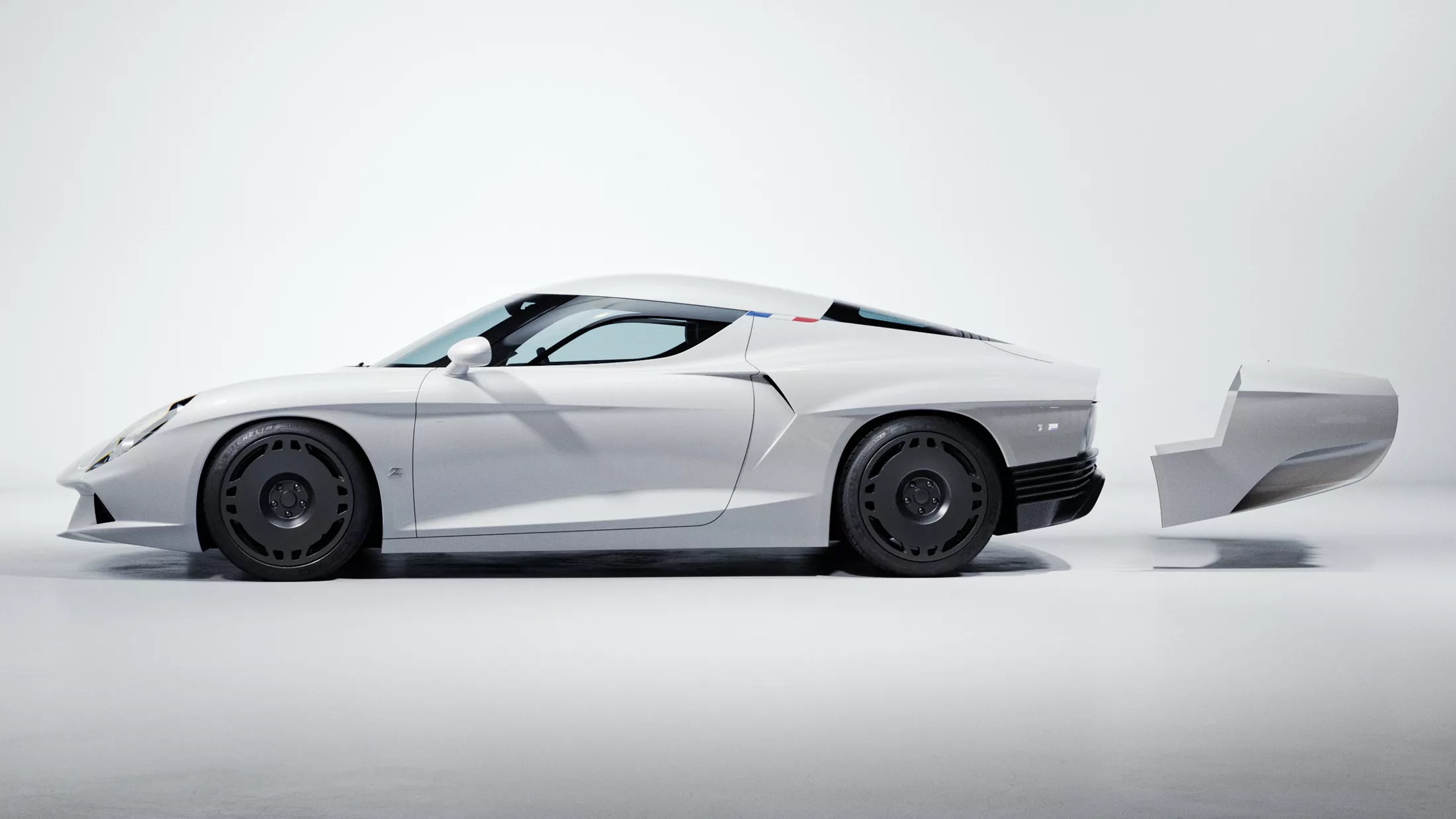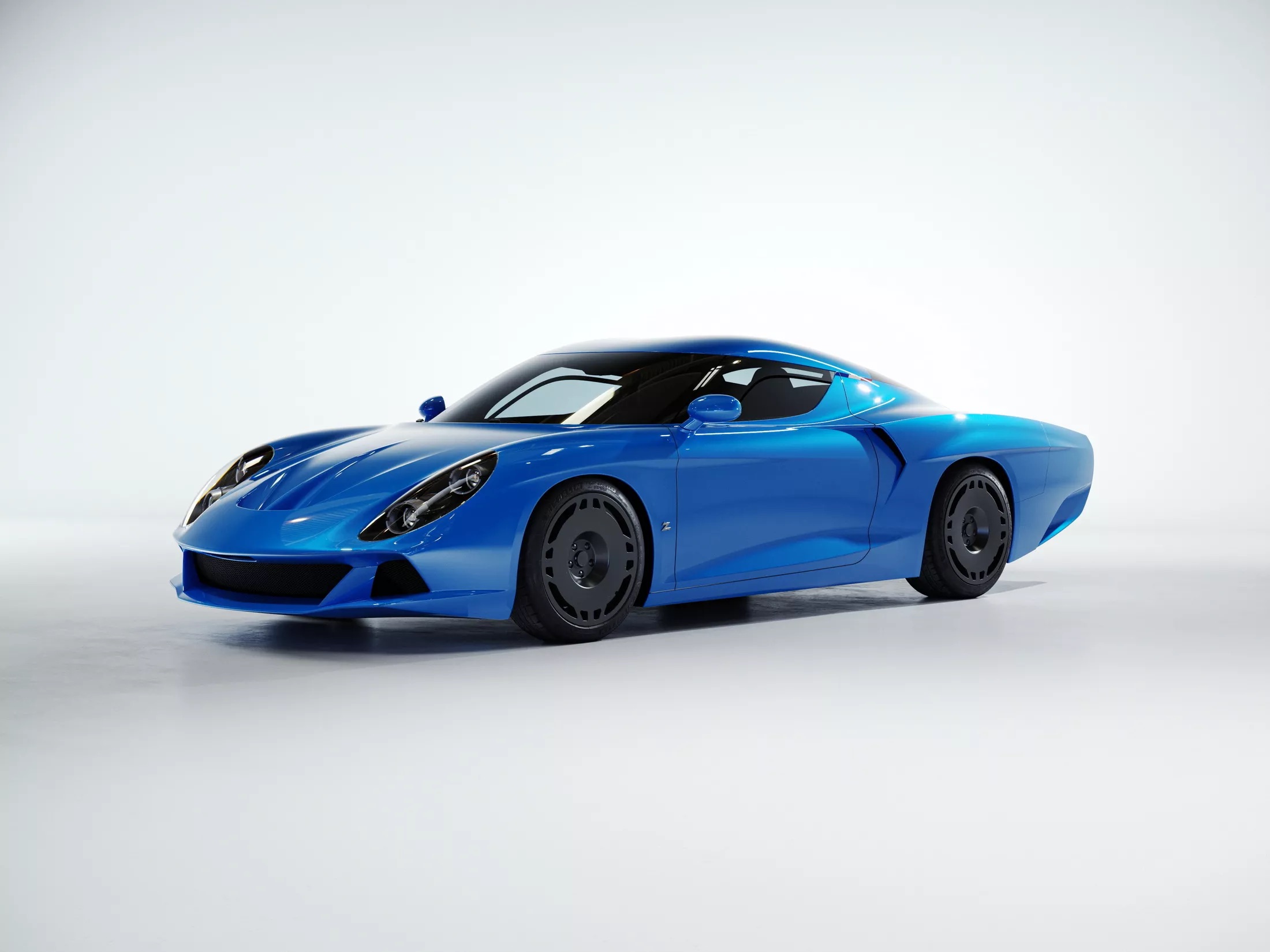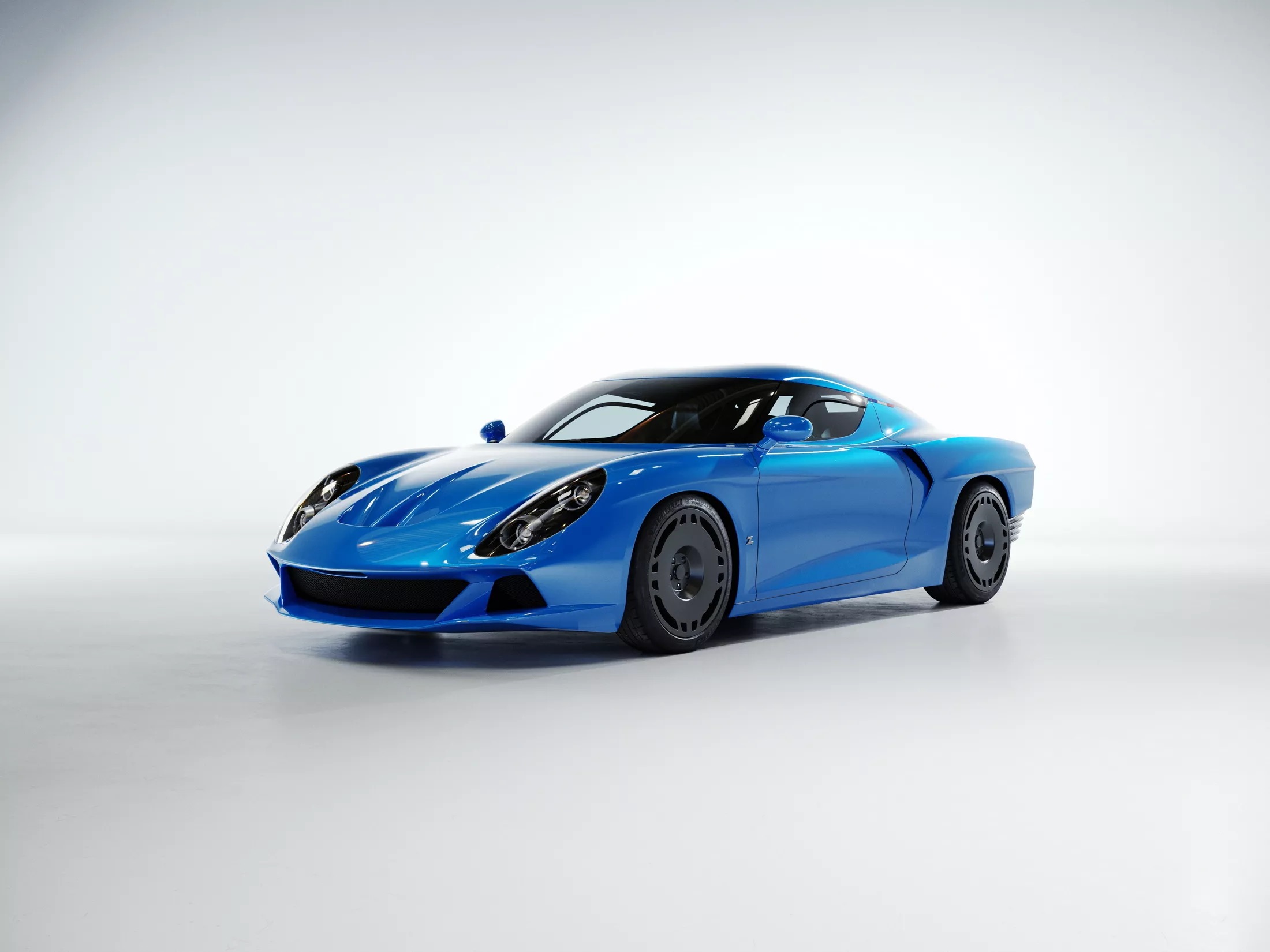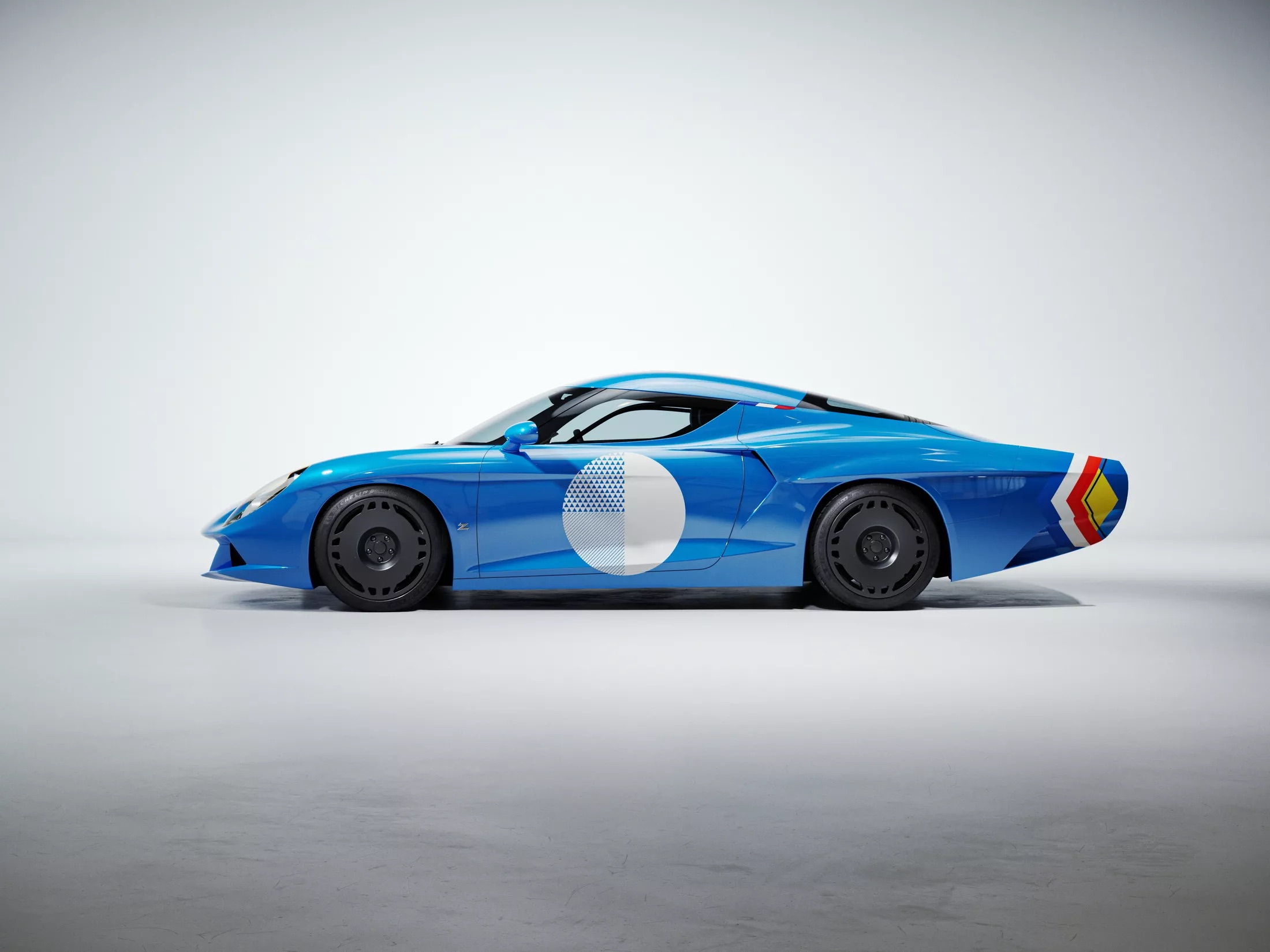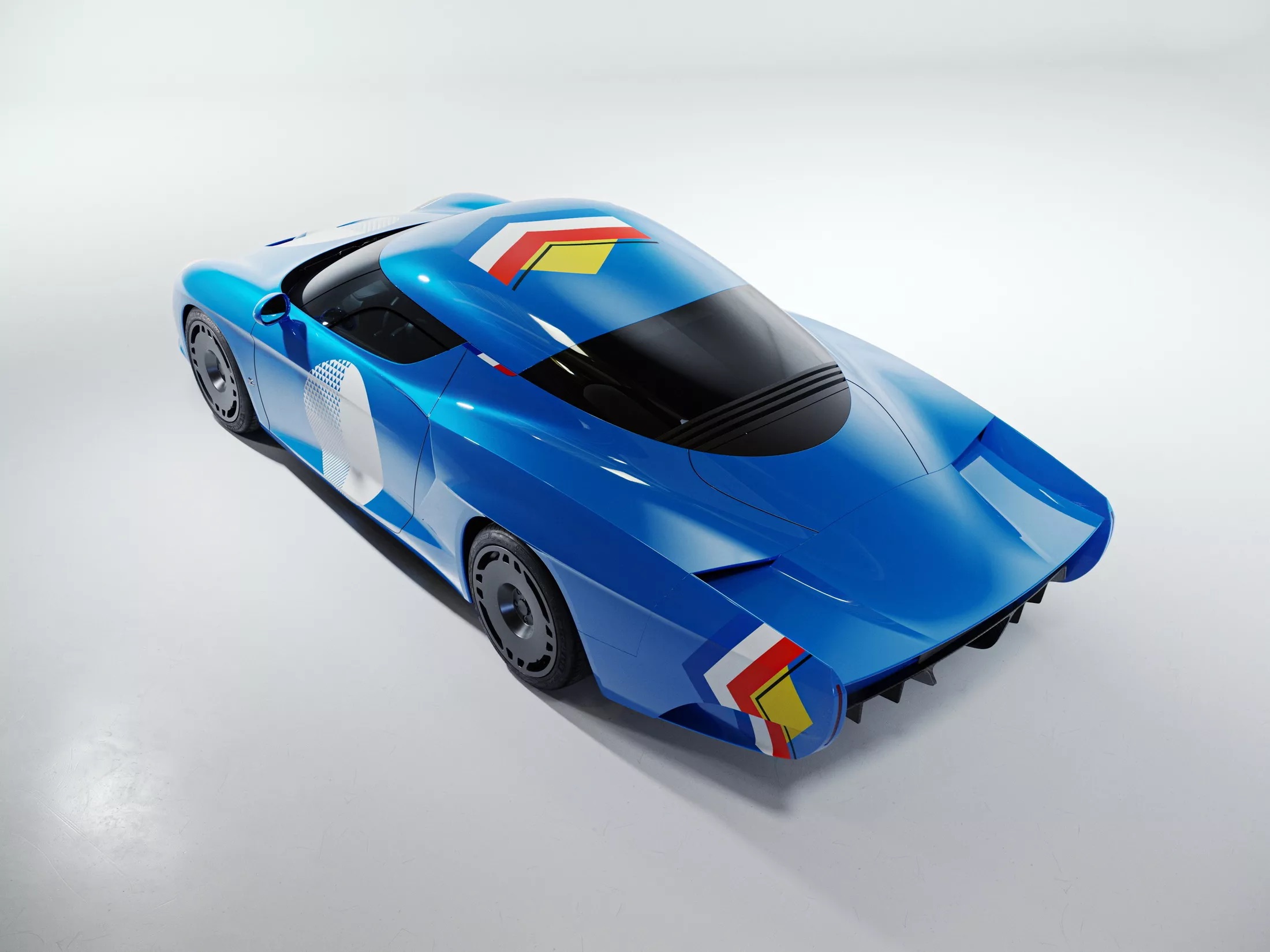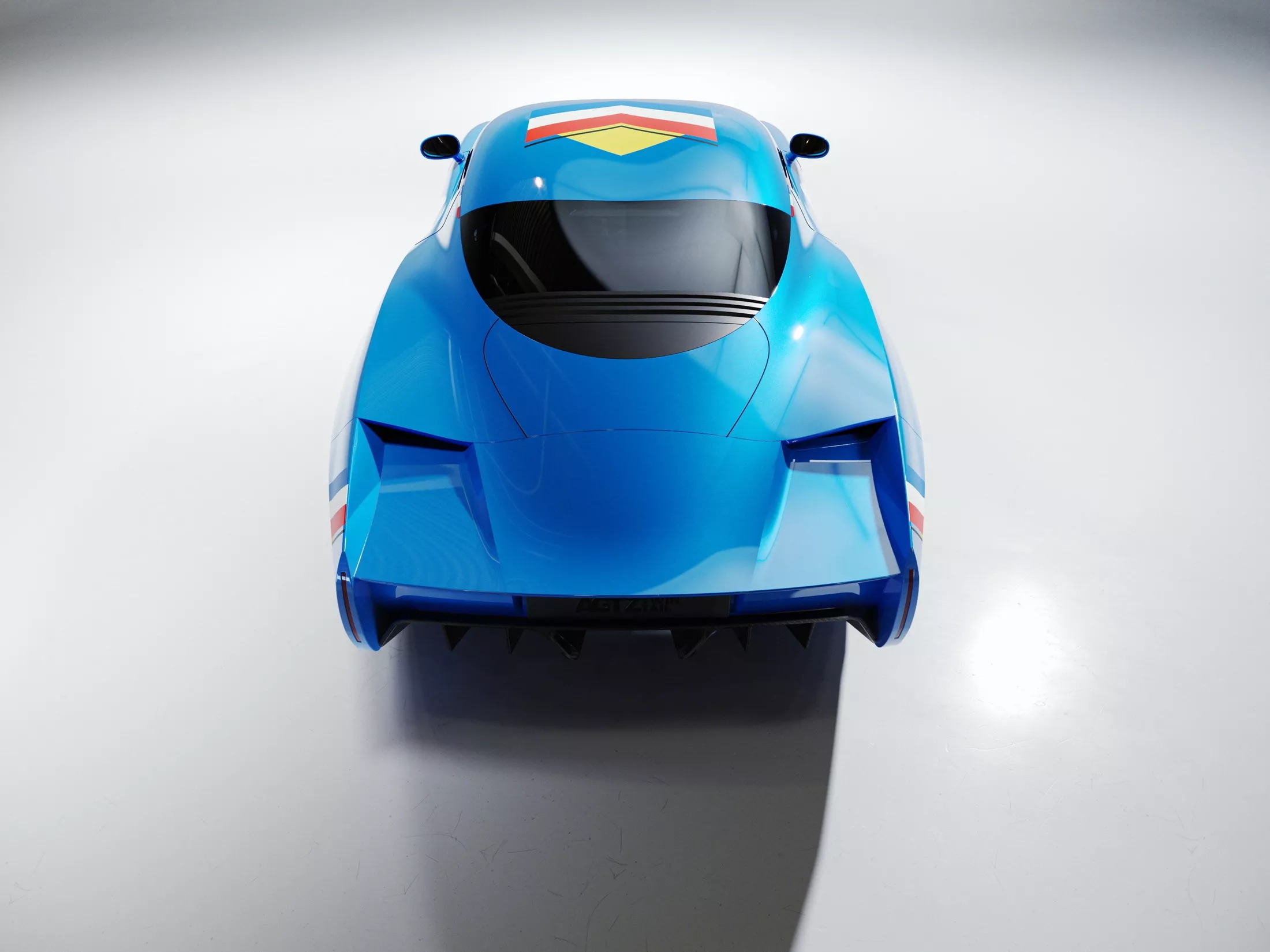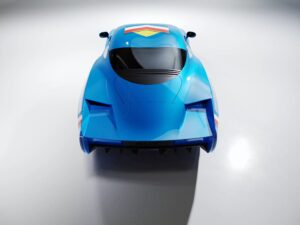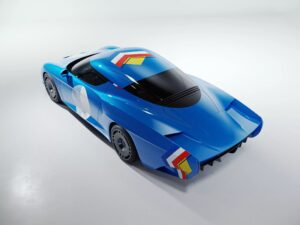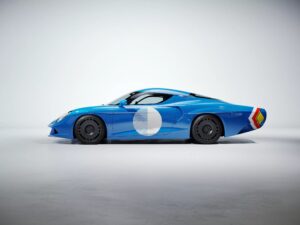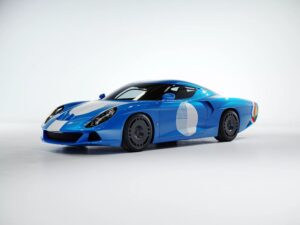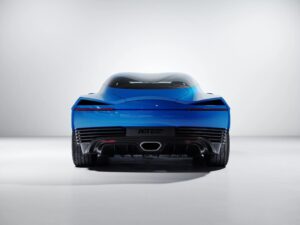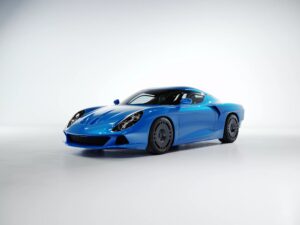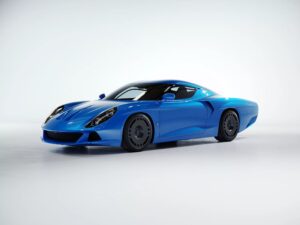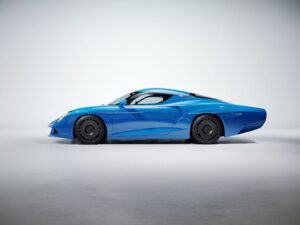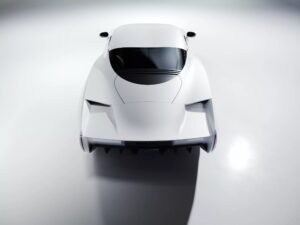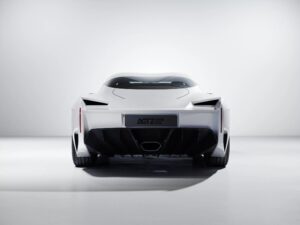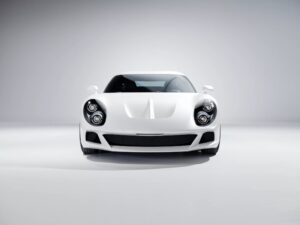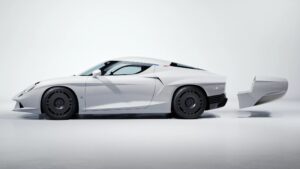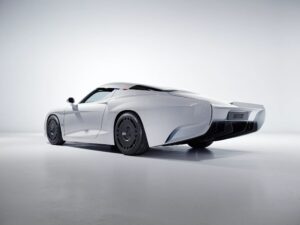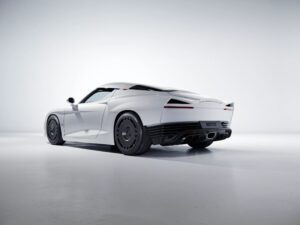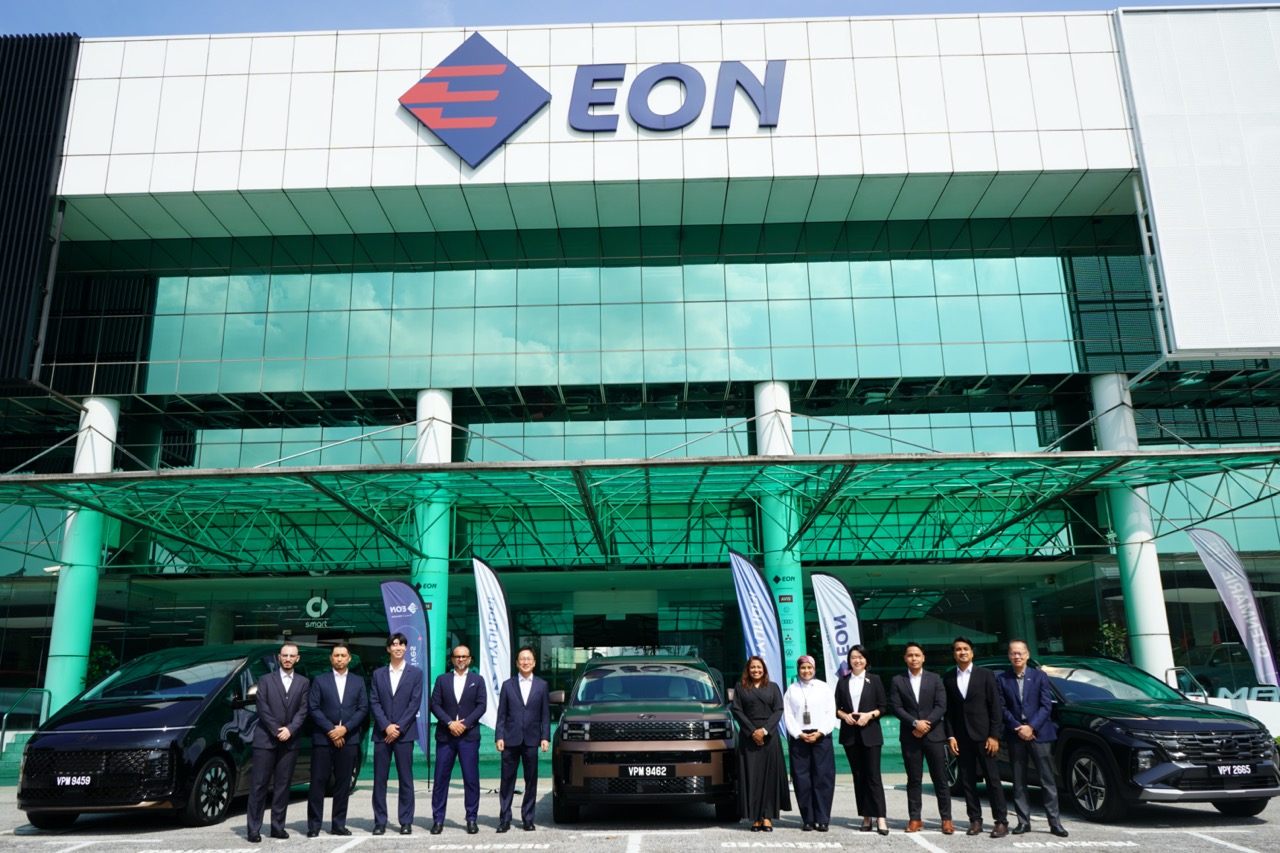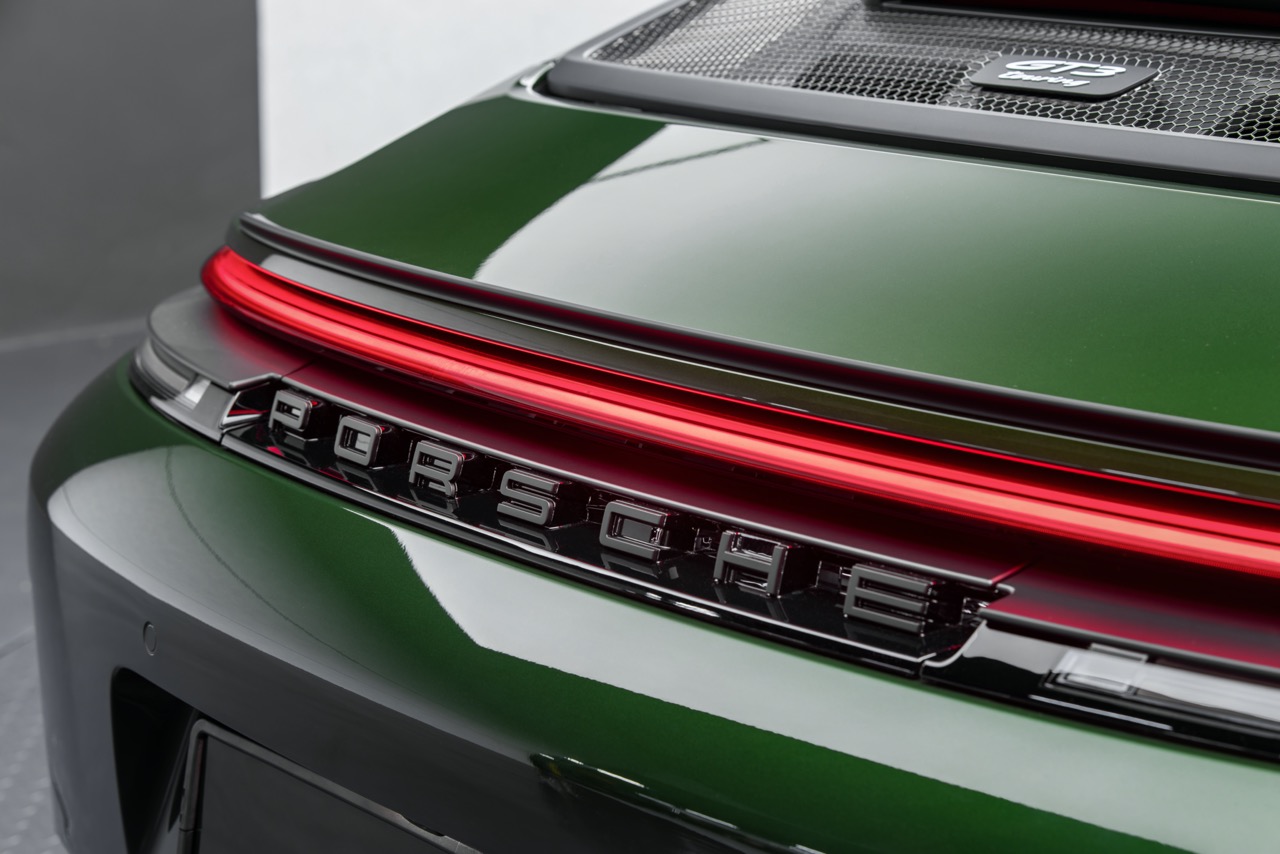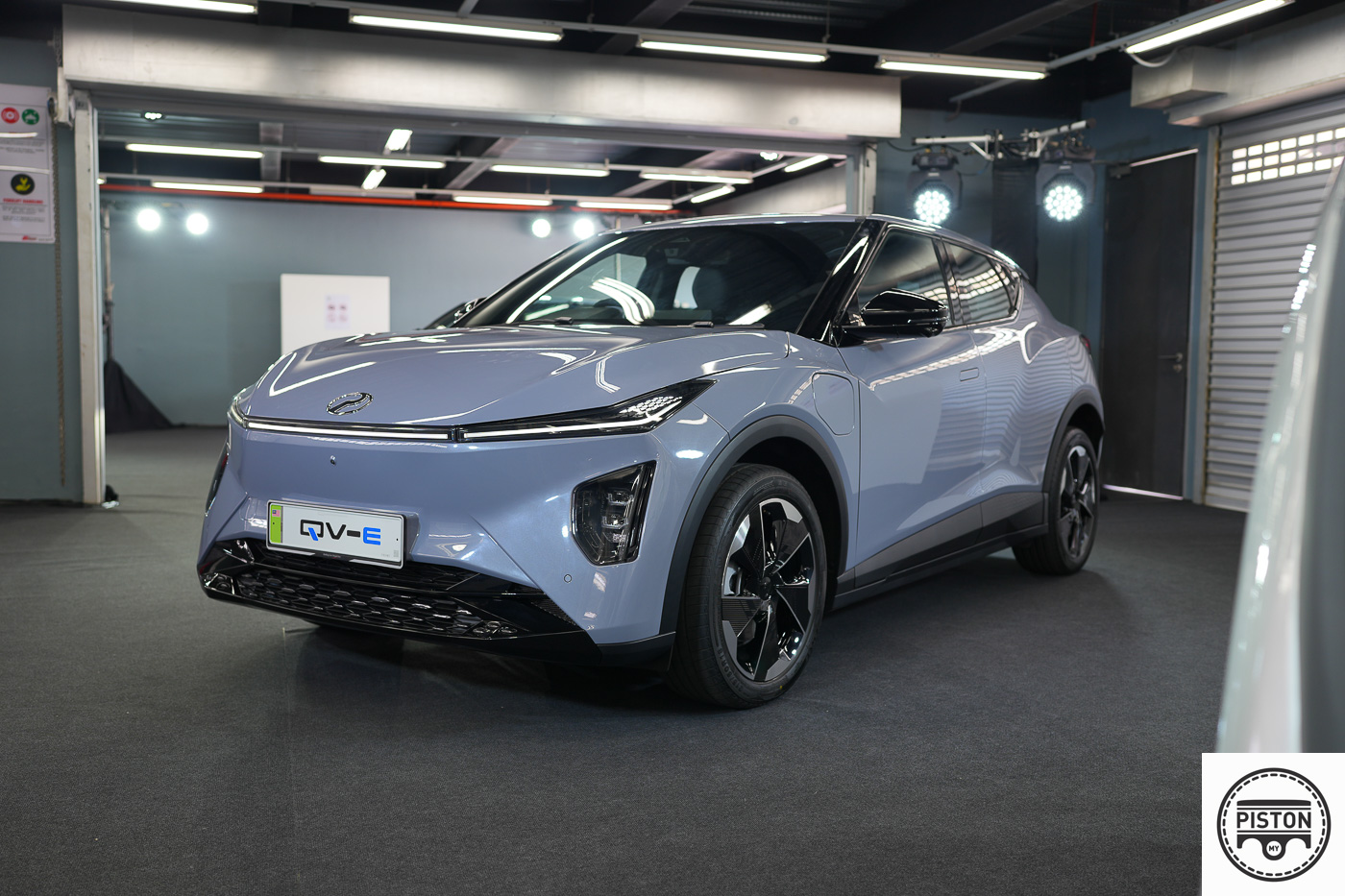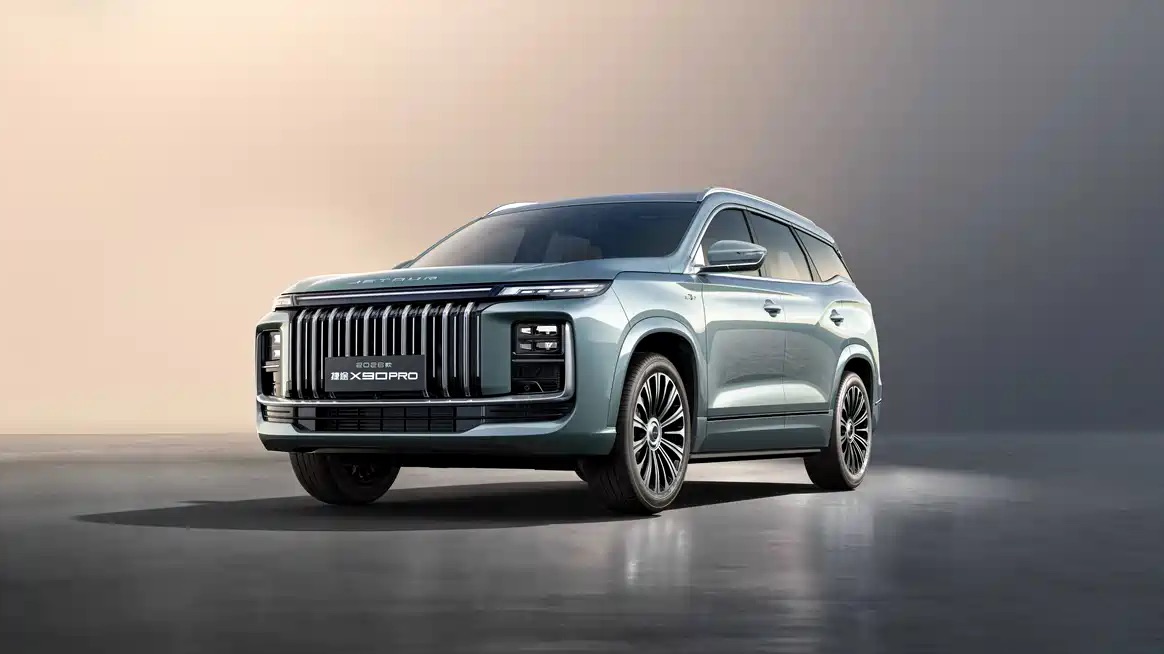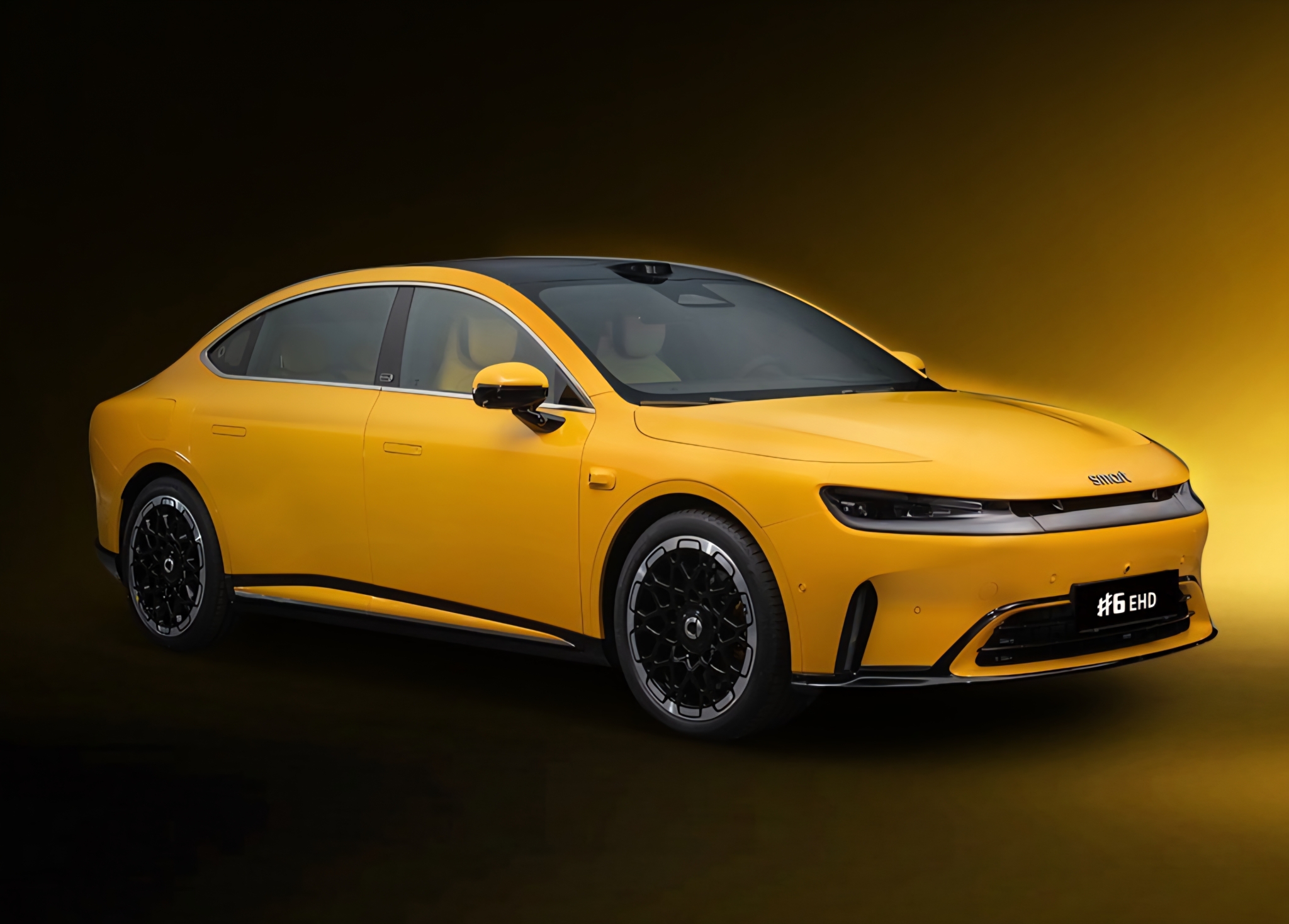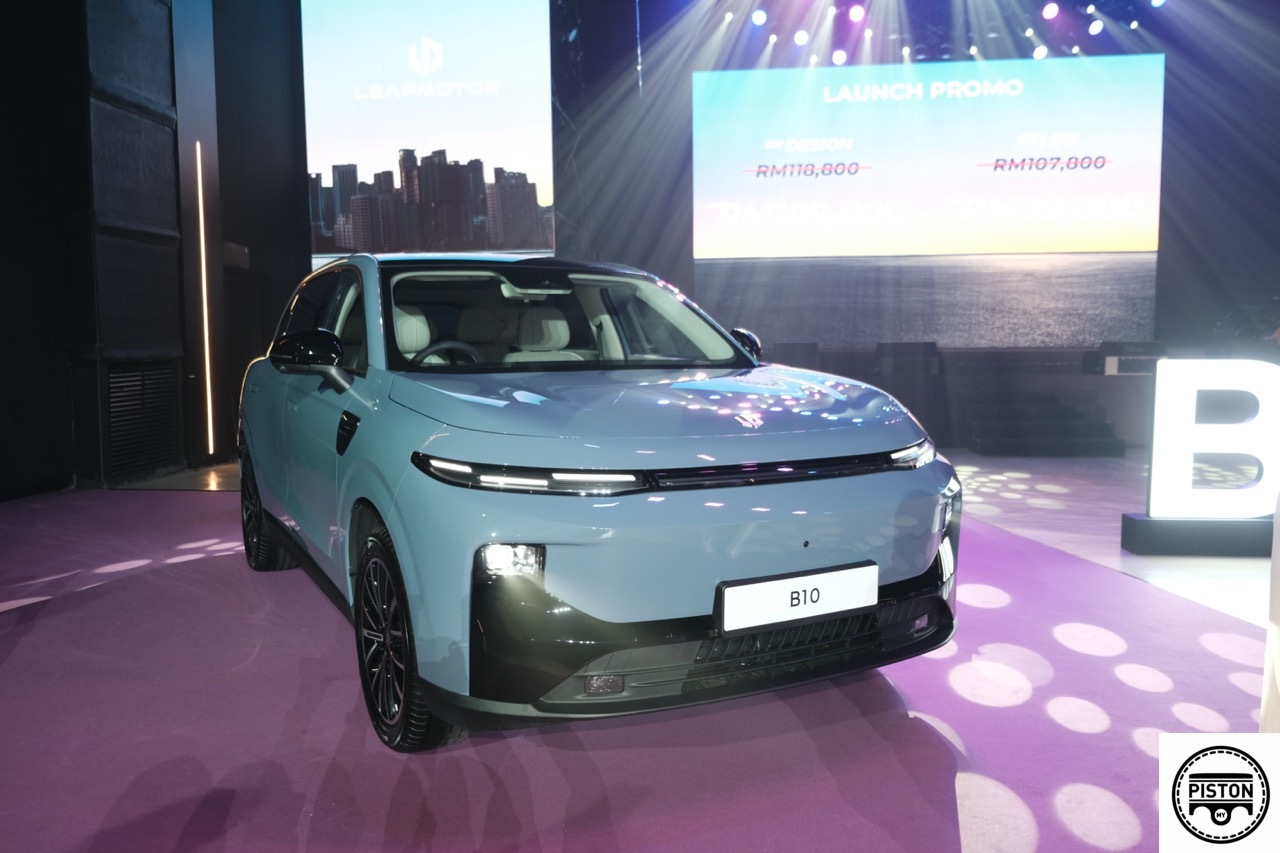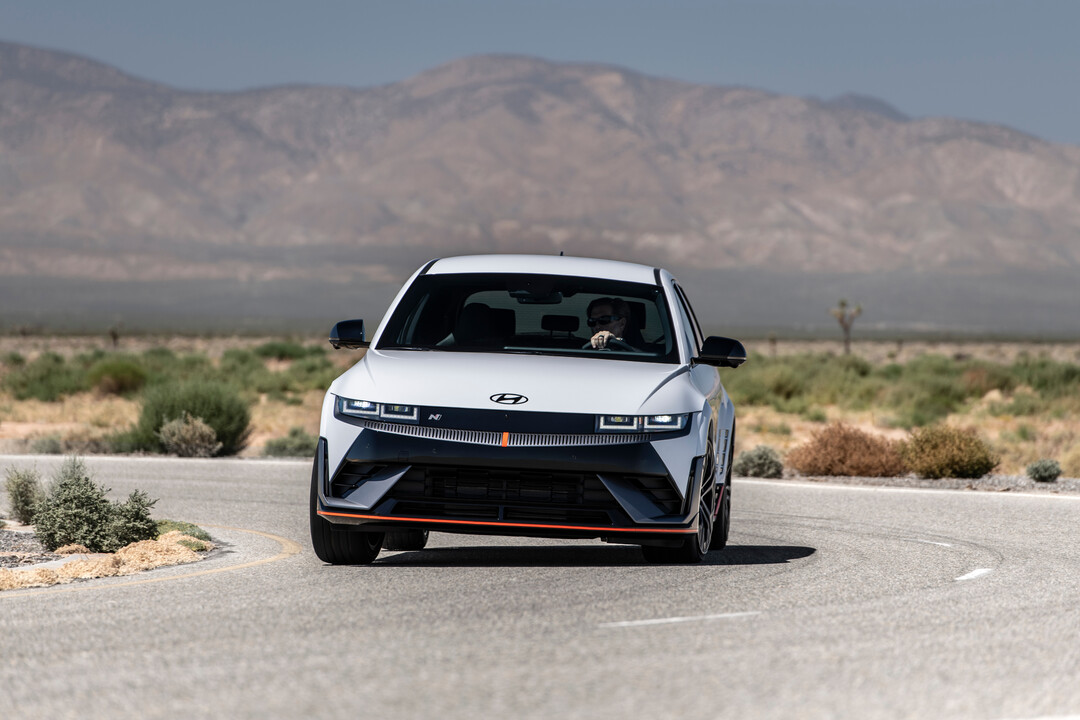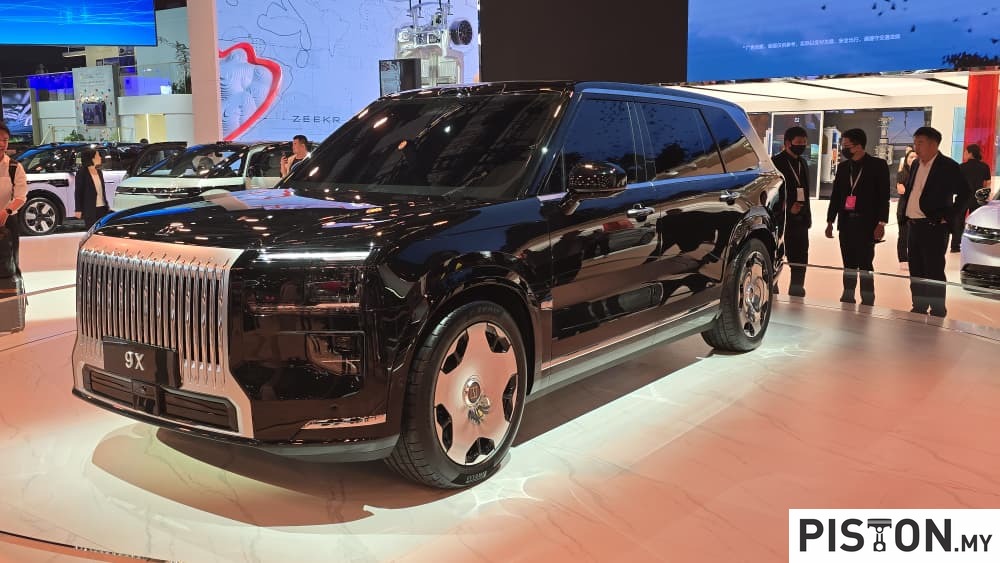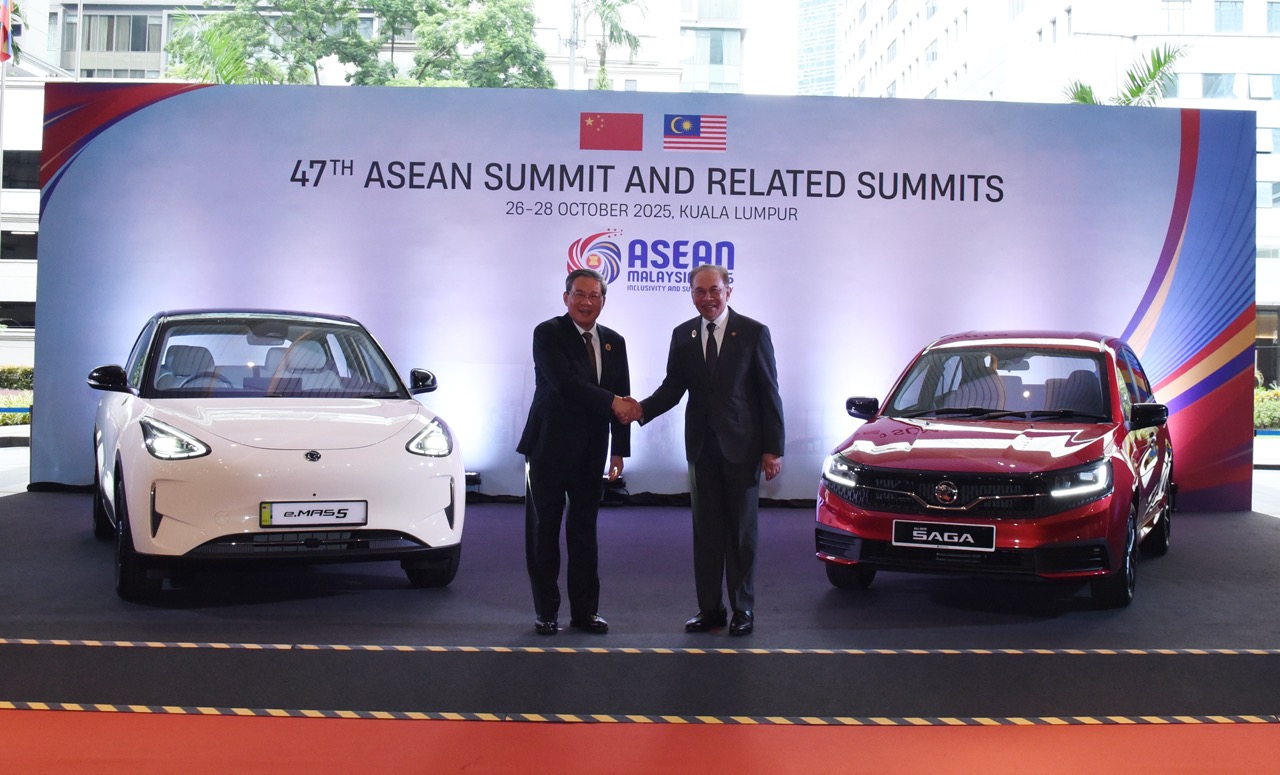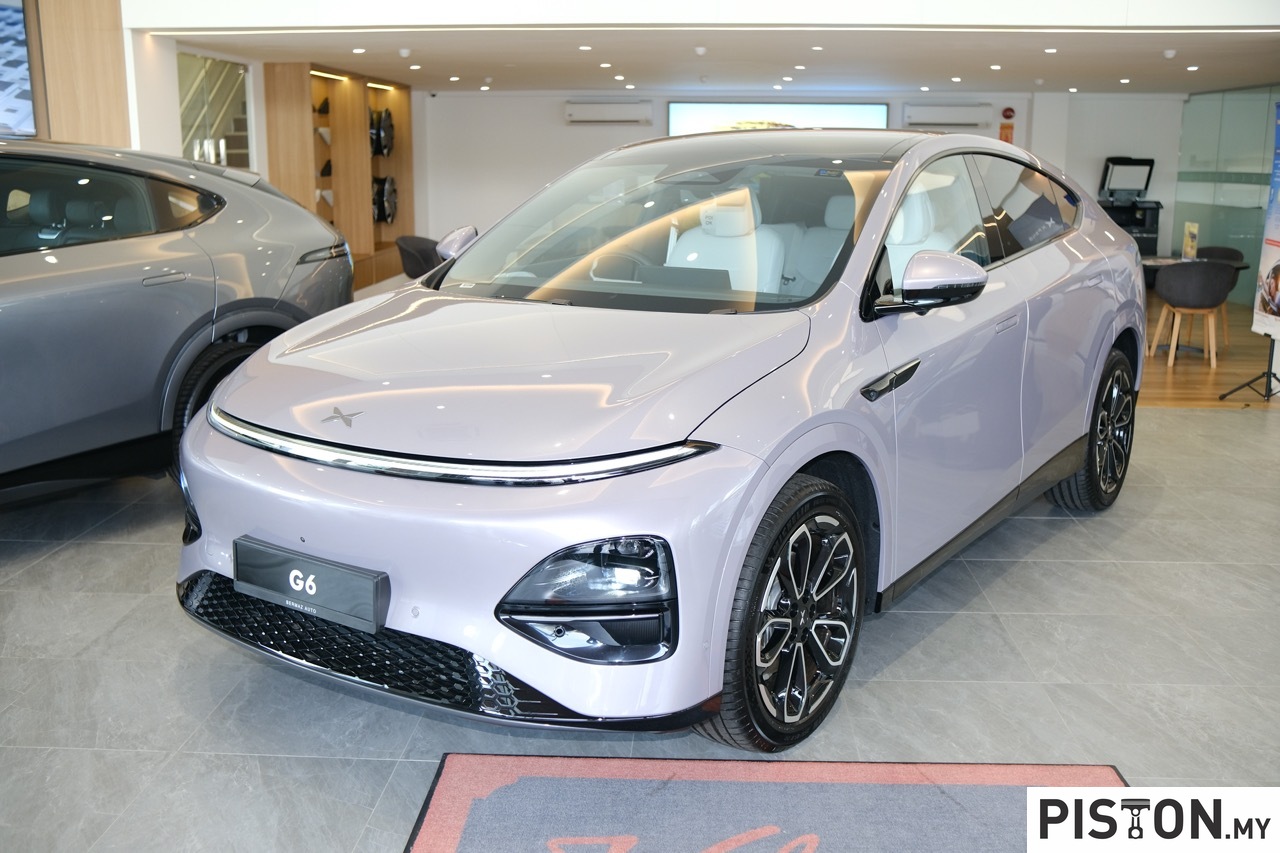BYD took the electric vehicle (EV) market in Malaysia by storm when it introduced the Atto 3 back in 2022. Then it introduced the Dolphin, part of BYD’s ‘Ocean Series’, in 2023 and we loved the tail light design.
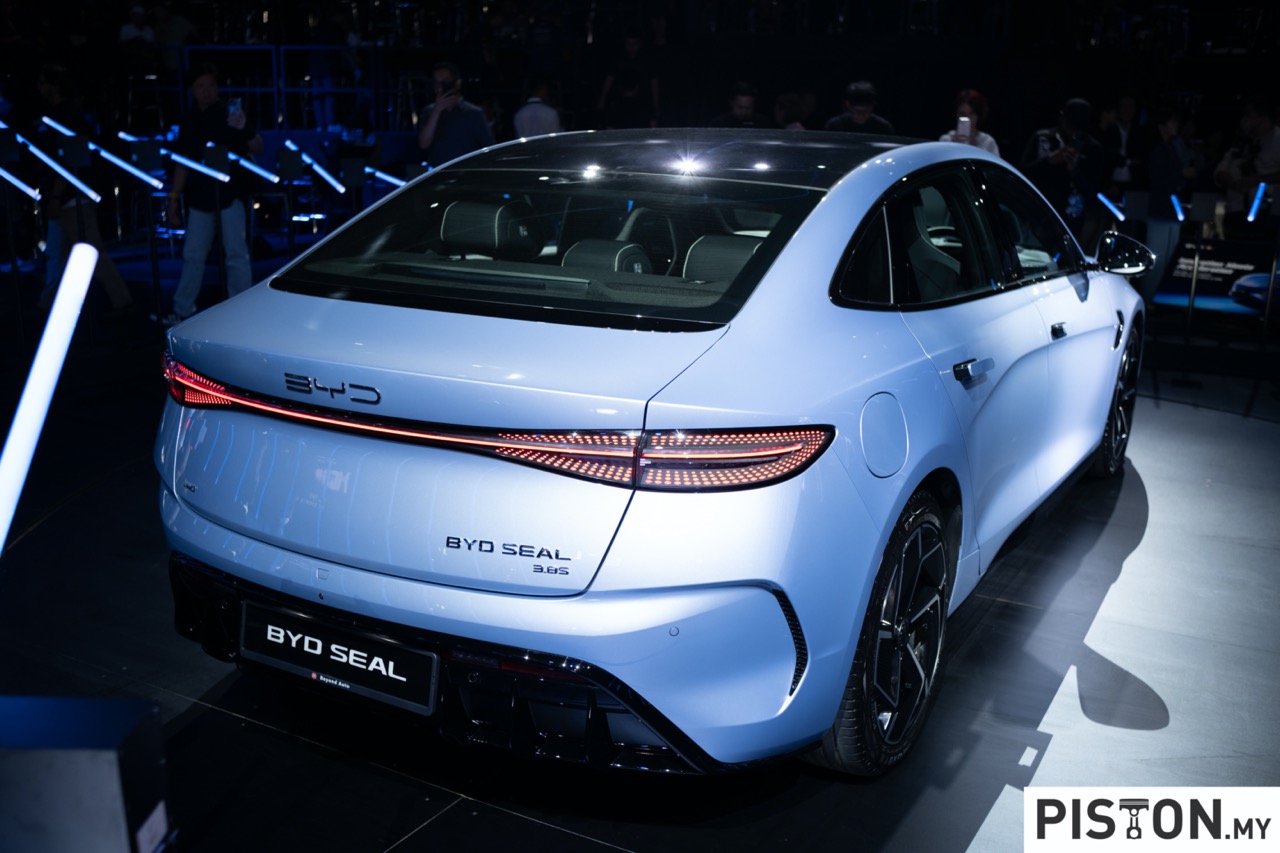
Enter 2024 and BYD has introduced another model to join the line-up, the BYD Seal. Yes, another member of the ‘Ocean Series.’ The all-electric Seal made its global debut back in 2022 and this was BYD’s answer to the Tesla Model 3. From the looks of it, we think that this is a good answer from BYD.
At first glance, the headlights reminded us of another electric model from a certain German brand. But as we observed it more, the Seal has its own style with a futuristic aesthetic and sophisticated features such as the X-shaped front end. Pop-out door handles, a tall taillamp unit, and a low hood are hallmarks of the external design.

The BYD Seal, with its spacious interior offering 400L of boot space and an additional 50L under the bonnet, presents a bold stance at 4800mm long and 1875mm wide. For reference, the Model 3 measures 4720mm in length and 2089mm in width. The Premium and Performance variant elevates the driving experience with eye-catching 19-inch alloy wheels boasting 235/45 R19 specifications.
This mid-size fastback sedan is built on the e-Platform 3.0 and BYD’s new 800-volt electrical platform. Now as to why this was a good answer from BYD to Tesla’s Model 3 lies within the powertrain. There is a Performance all-wheel-drive model and a Premium rear-wheel drive type for the fully electric BYD Seal.

The BYD SEAL is the first model equipped with innovative CTB (cell-to-body) technology, seamlessly integrating the Blade Battery into the car’s structure, ensuring stability and safety under diverse conditions.
With a single 312hp motor, the Premium rear-wheel version can accelerate from 0 to 100km/h in as little as 5.9 seconds. It has an outstanding 570km (WLTP) or as claimed by BYD, 650km (NEDC), of range on an 82kWh battery.
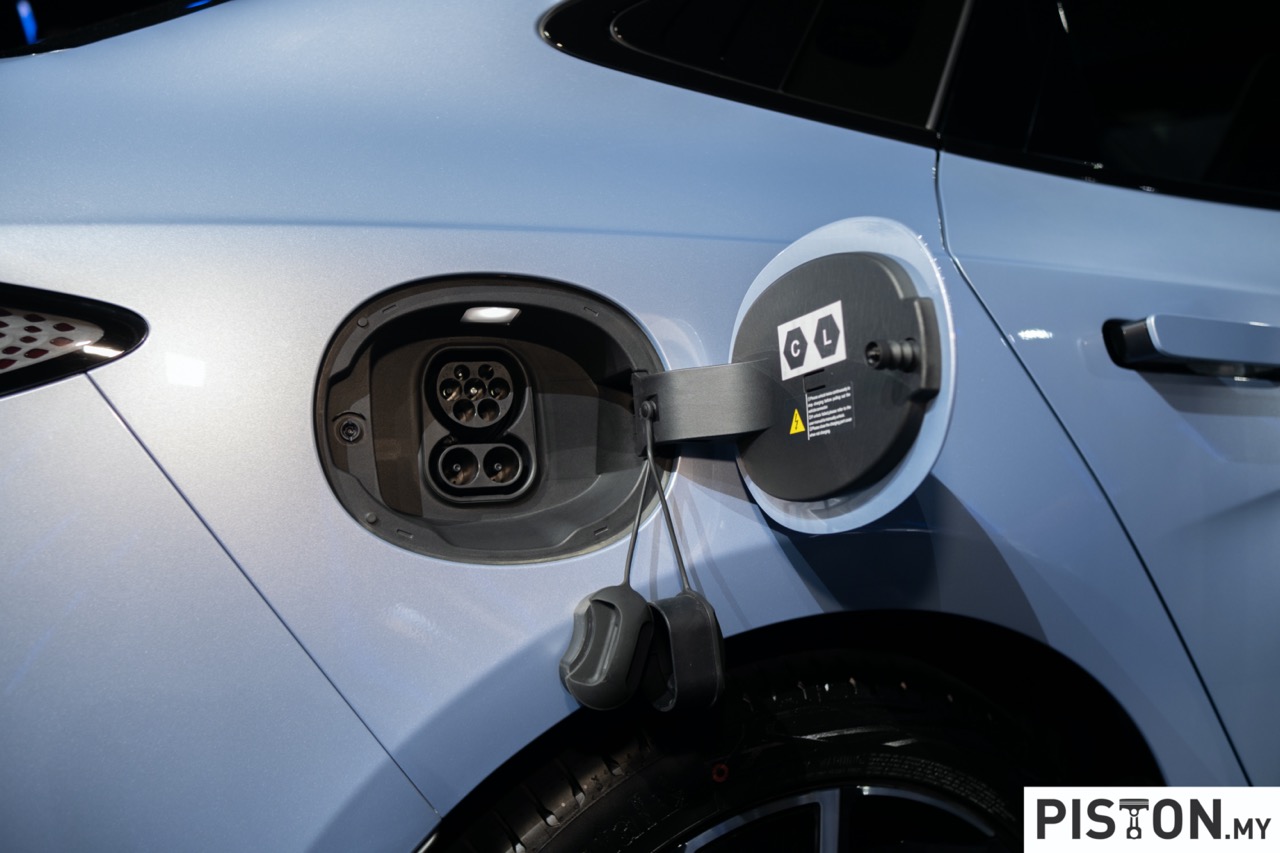
In the Performance all-wheel drive variant, a potent 530hp dual-motor drives all four wheels, reaching a speed of 100km/h in a mere 3.8 seconds. The practicality is somewhat compromised by this additional power, bringing the range down to about 520km (WLTP) or 580km (NEDC).
As for the charging, both variants have a maximum charging power of 150kW, and it only takes 26 minutes to charge up from 30% to 80%.
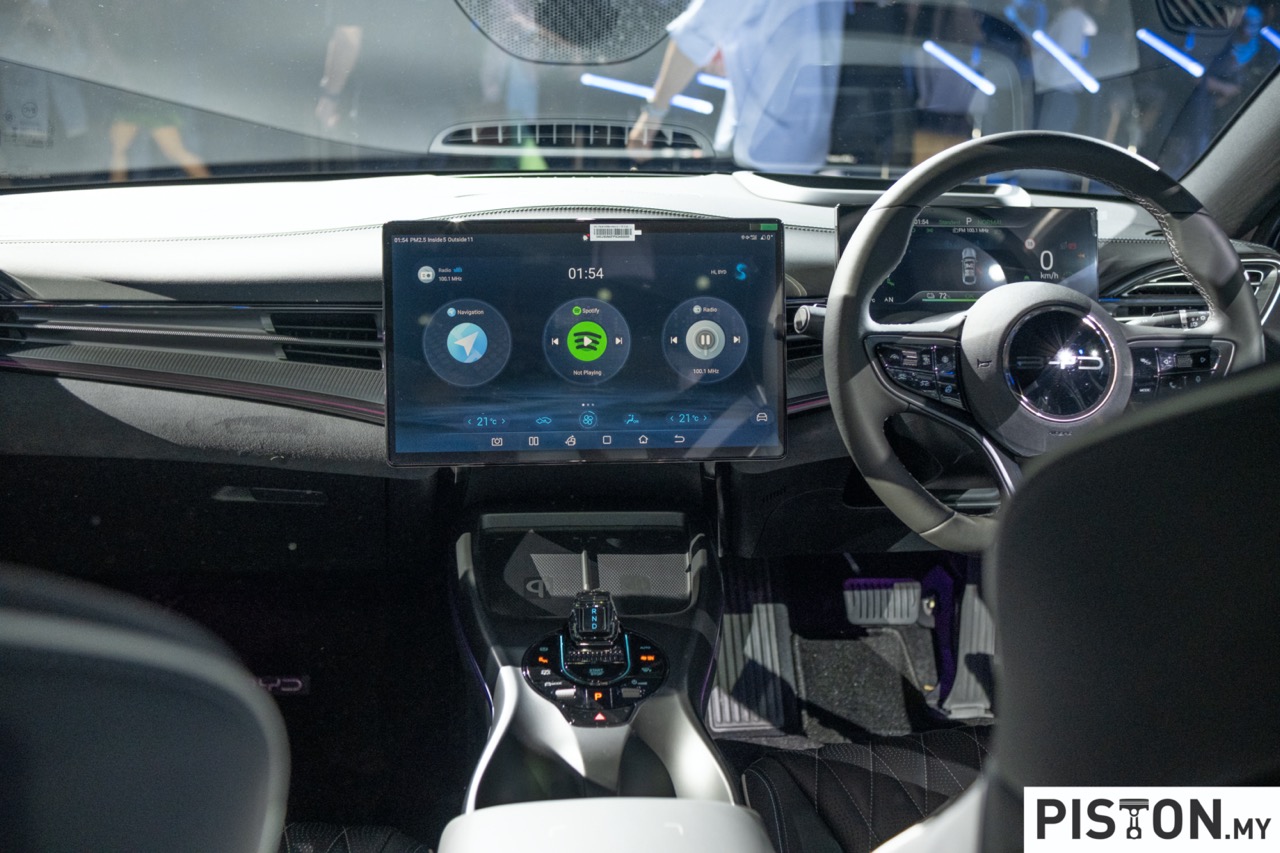
The interior of the BYD Seal is highlighted by a prominent 15.6-inch touchscreen, adding to the sophisticated and technologically advanced ambiance upon entering the cabin. The Thaumas Black interior, along with the crystal gearshift, further add a touch of luxury, making it a true embodiment of Ocean Aesthetics.
This system comes equipped with standard applications and features such as Apple CarPlay and Android Auto, as well as a rotating function that enables viewing the screen in either landscape or portrait mode.
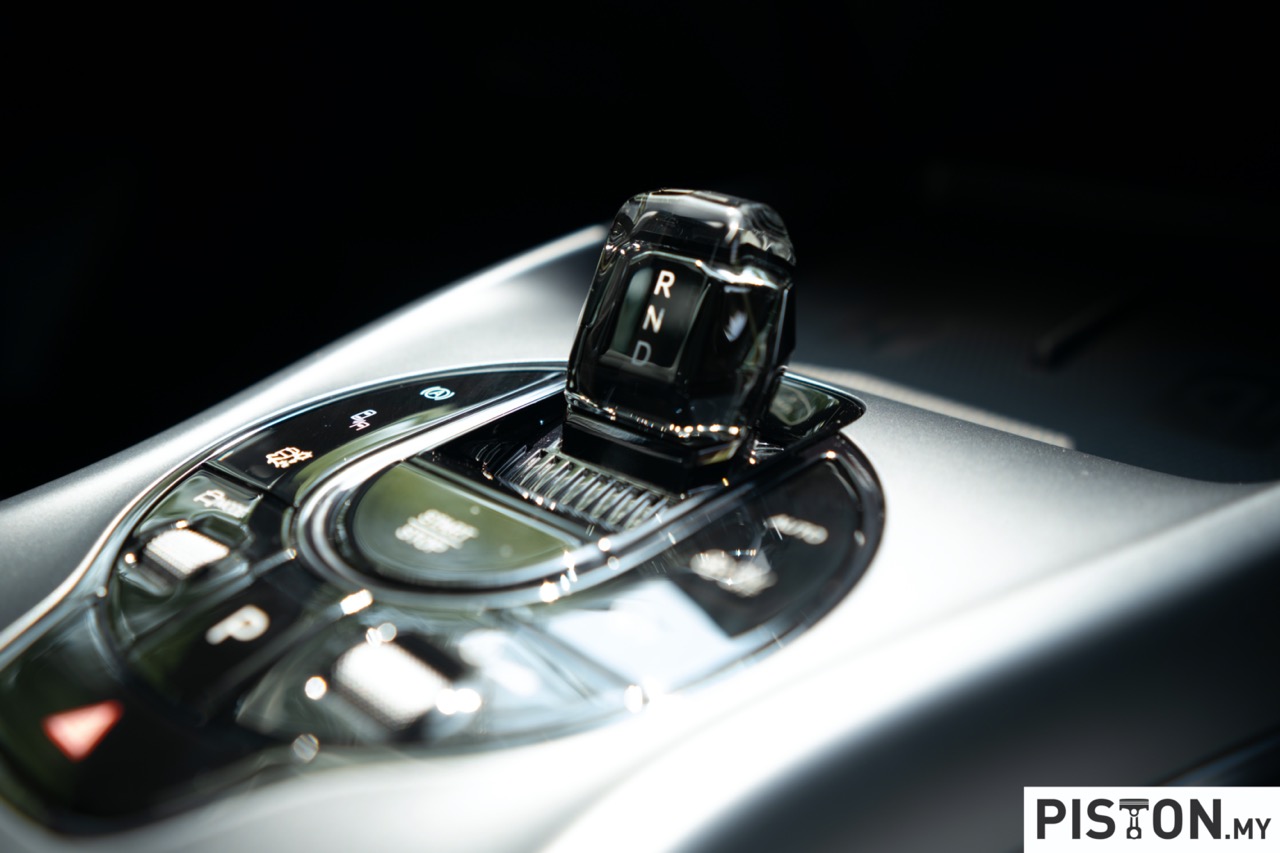
This is complemented by the BYD intelligent cockpit system, which integrates seamlessly with the BYD App, allowing for enhanced connectivity and control. The inclusion of a premium HIFI Dynaudio sound system ensures an immersive auditory experience, while the advanced PM2.5 filtration system promises a clean and healthy in-cabin atmosphere, safeguarding the health and well-being of its occupants.
Additional beneficial features and driver assistance technologies include voice commands, panoramic glass roof, iTAC (intelligence Torque Adaption Control) system, and Lane Change Assist.
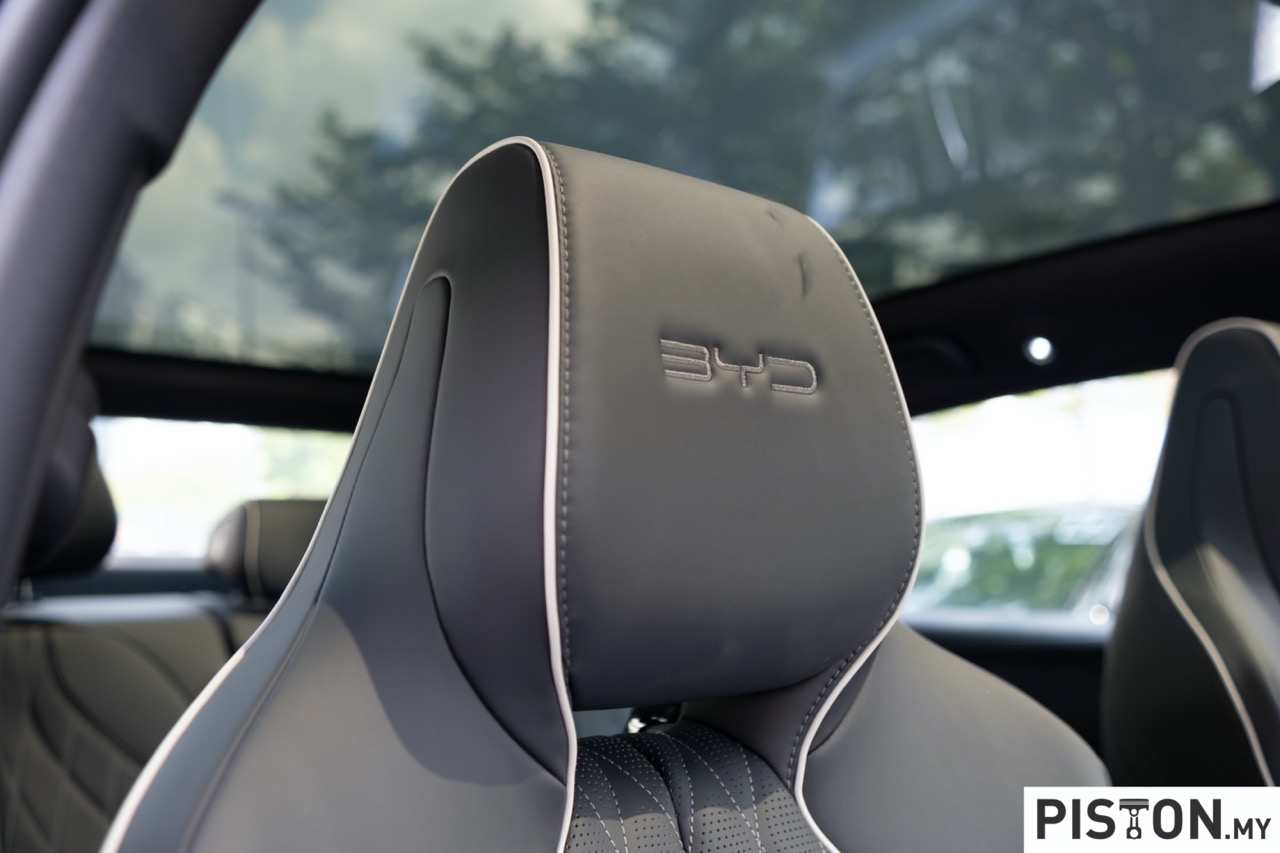
Safety is paramount in the Seal, which has been accorded with a five-star safety rating from ANCAP, adhering to the stringent 2023-25 testing criteria. The combination of Blade Battery technology and CTB construction not only enhances the car’s stability but also improves its safety profile. The BYD Seal’s battery sandwich structure, optimised force transmission path, and IP67-rated battery demonstrate a commitment to building a robust and reliable EV. With its enhanced torsional rigidity and passive safety features, including nine airbags, along with active safety measures like the ADAS and a high-resolution 360 camera system, the BYD Seal is engineered to provide peace of mind on every journey.
The BYD Seal is available in RWD Premium and Performance AWD variants, with prices starting from RM179,800 and RM199,800. Colour options include Arctic Blue (exclusive to the Performance variant), Cosmos Black, Atlantis Grey, and Aurora White (available for Premium). The first 800 bookings will enjoy complimentary wallbox chargers and free Gentari or ChargEV charging credits worth RM800. Terms and Conditions apply.
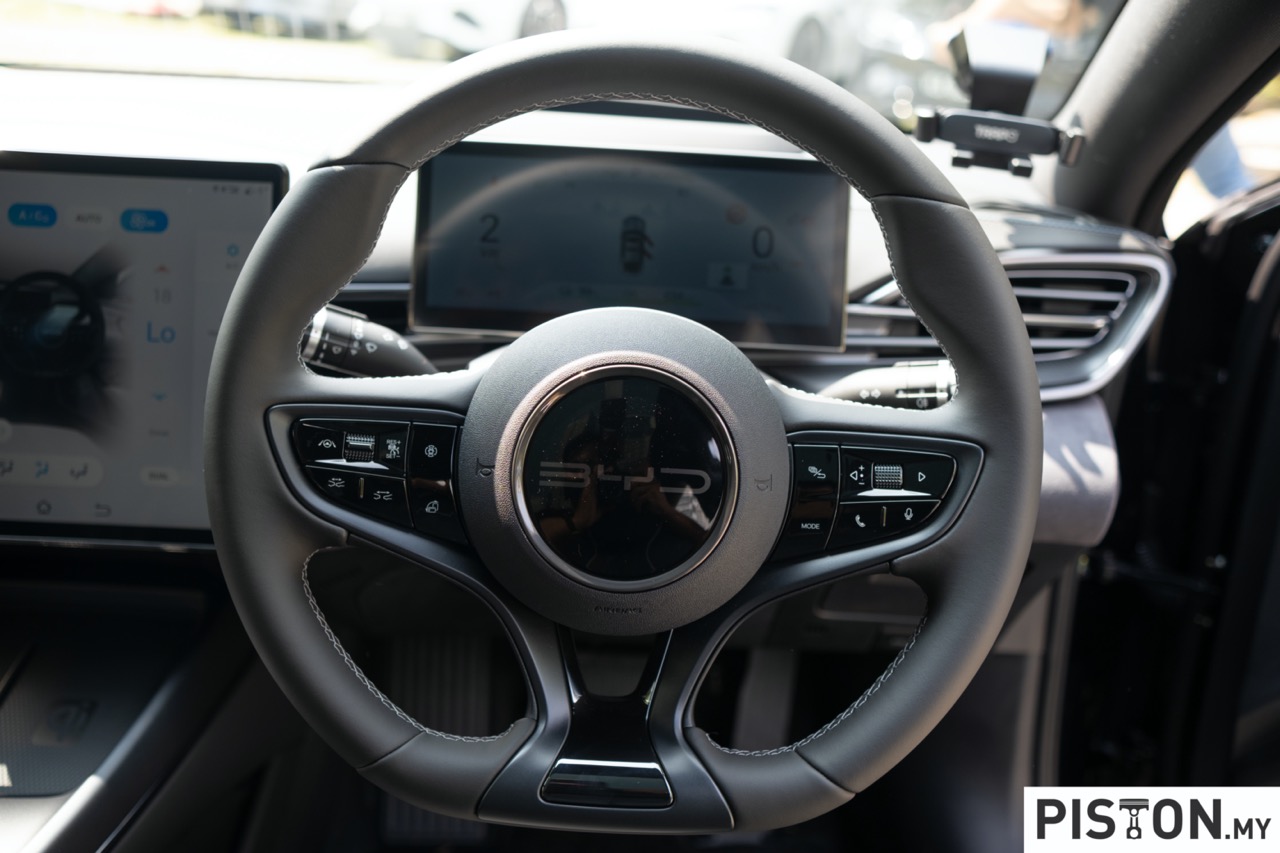
BYD and Sime Darby Motors are thrilled to unveil an exciting development for the much-anticipated BYD Seal electric vehicle. Introducing two all-encompassing service packages: the Standard and Plus packages. These meticulously crafted offerings are designed to ensure peace of mind, exclusively enhanced with the addition of tire alignment, balancing, and rotation in both packages.
These service plans are designed to empower owners with a hassle-free car ownership experience, safeguarding their investment while mitigating potential future price increases, thus ensuring significant cost savings over the long term. Moreover, as a testament to our unwavering commitment to customer satisfaction and peace of mind, BYD SEAL comes with an extensive warranty package.
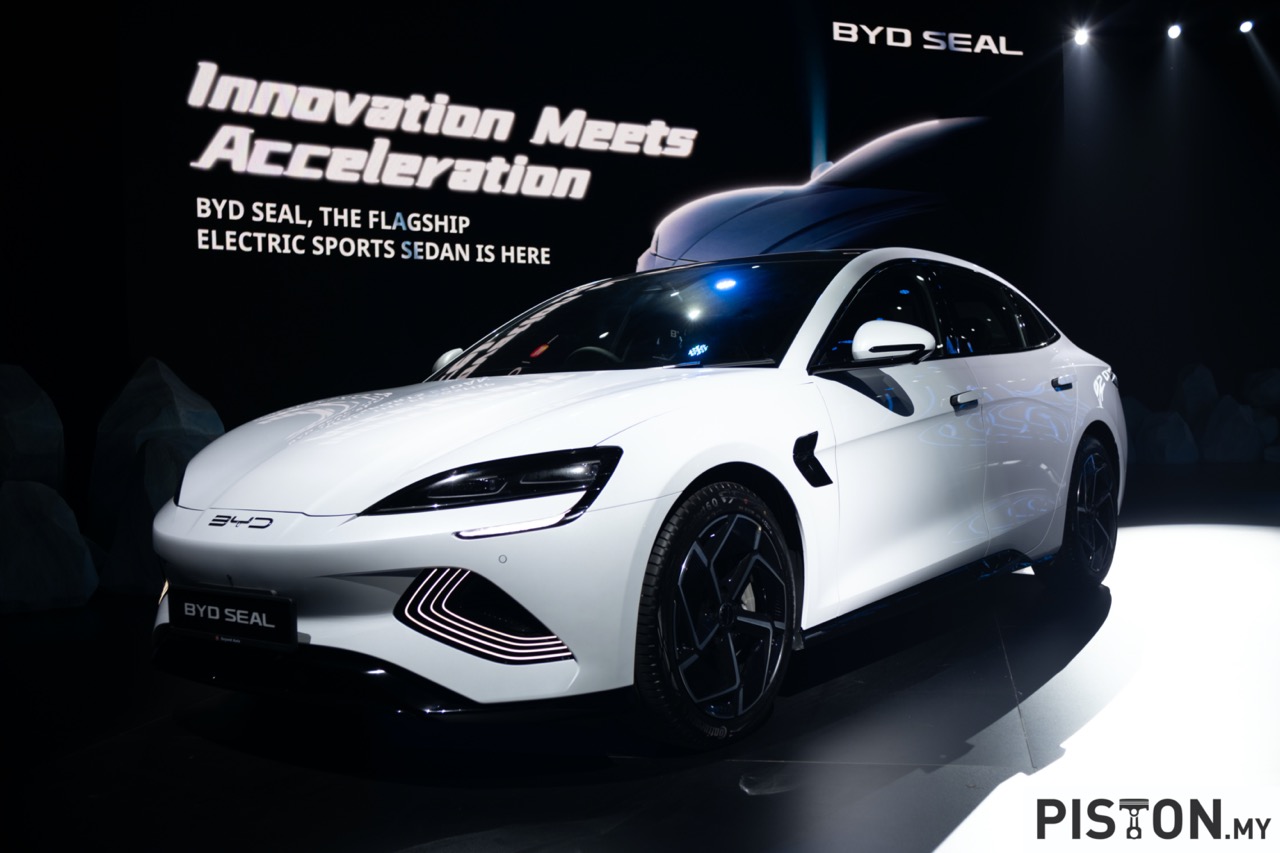
This package includes a remarkable 6-year or 150,000km vehicle warranty, an impressive 8-year or 160,000km battery warranty, and an equally robust 8-year or 150,000km drive unit warranty. With these industry-leading warranties, BYD reaffirms its dedication to providing unparalleled after-sales support, ensuring that every BYD owner enjoys the utmost confidence and satisfaction in their ownership experience.



